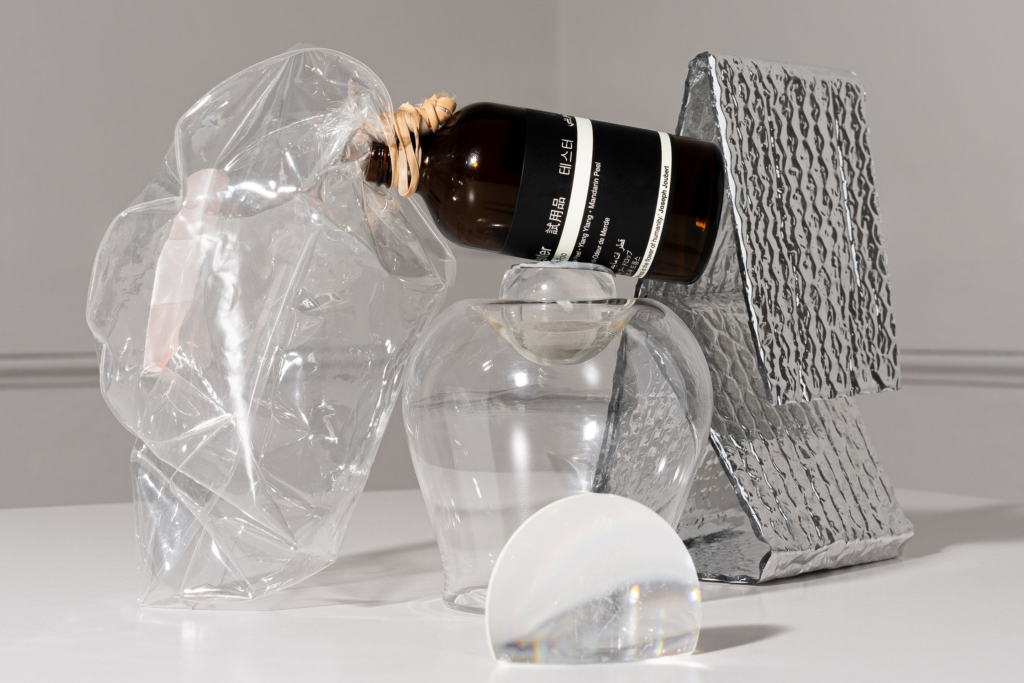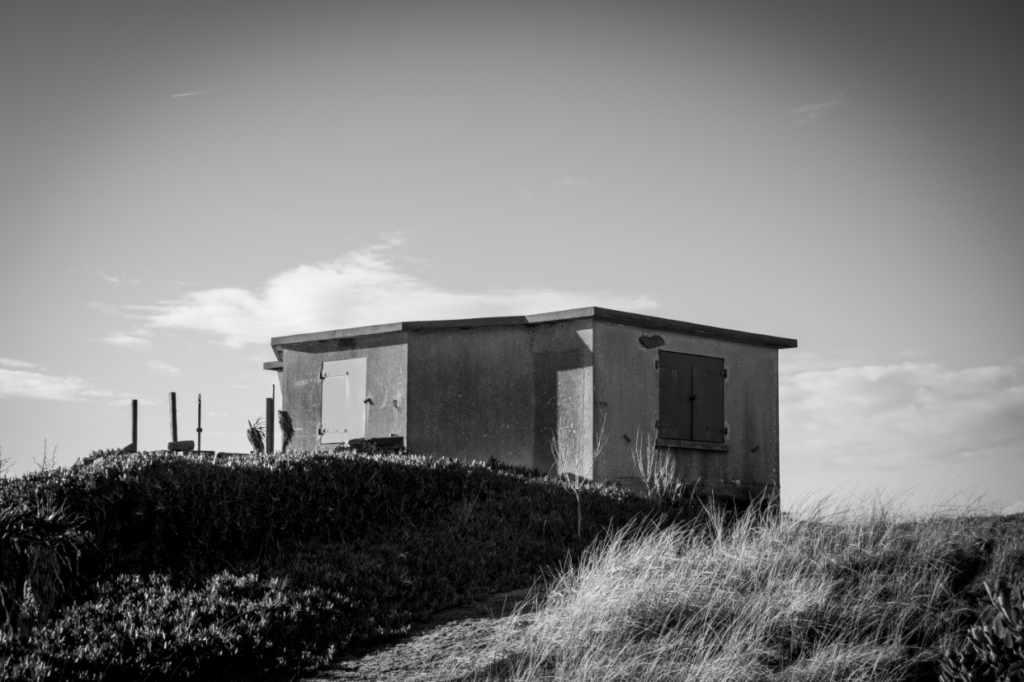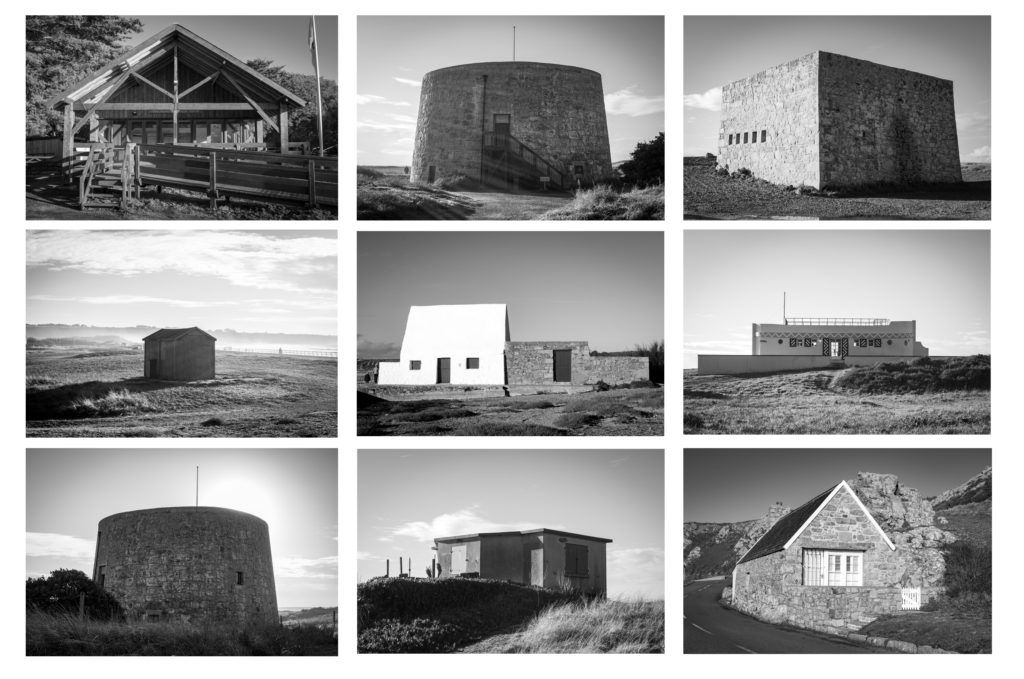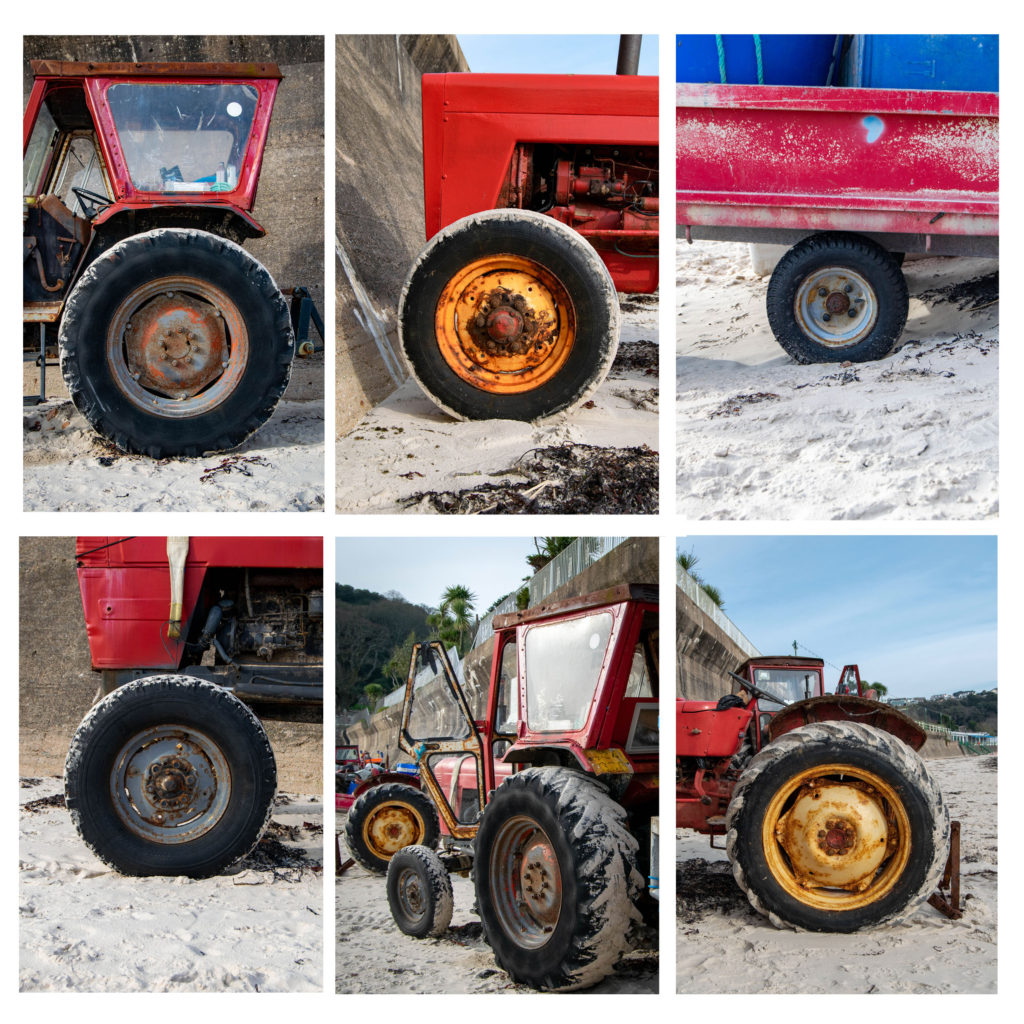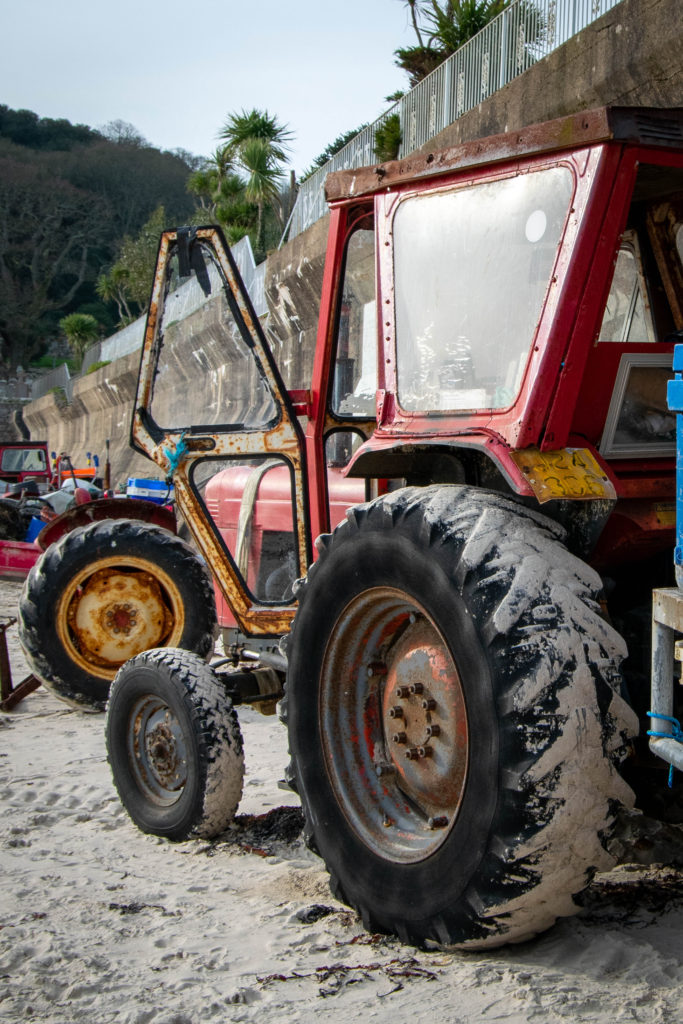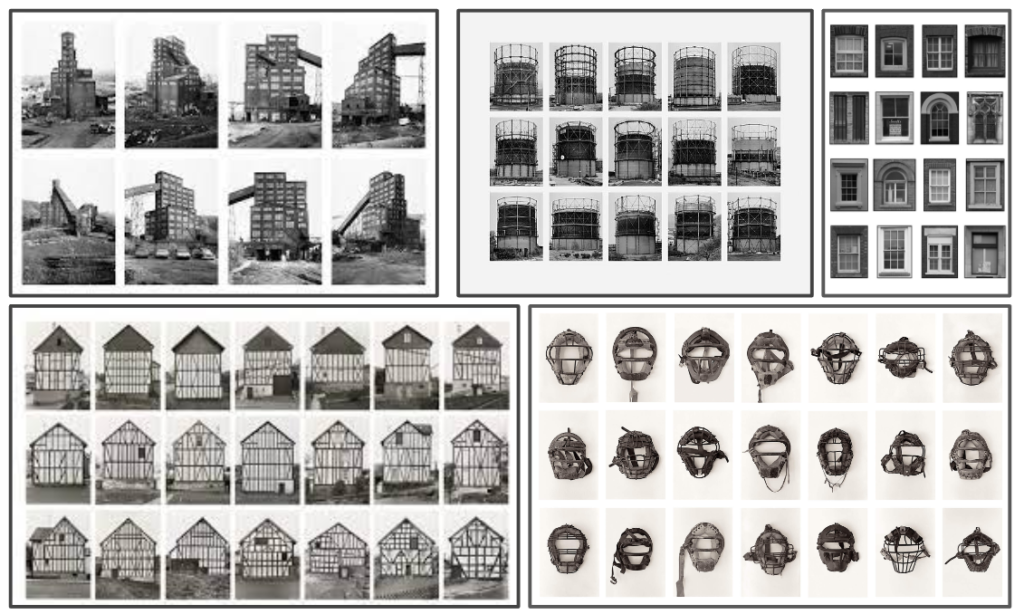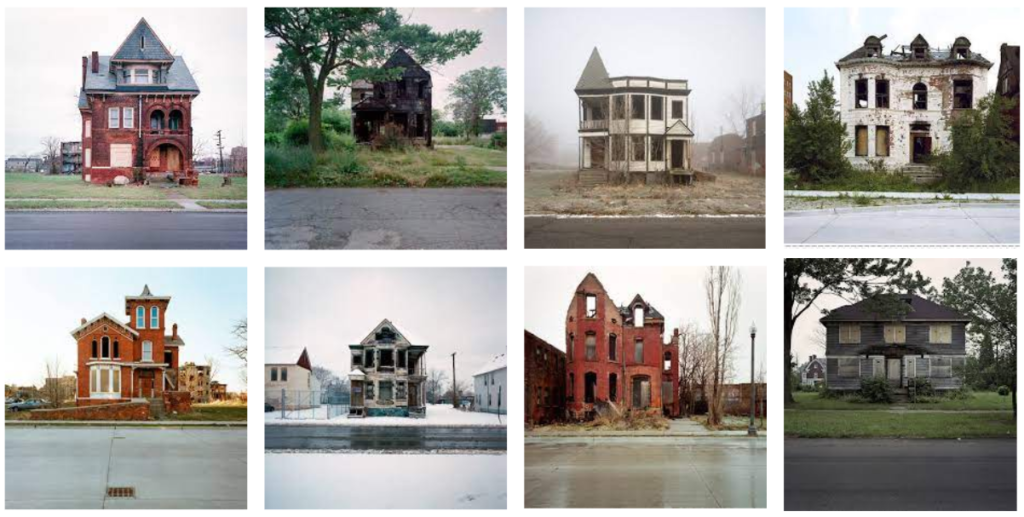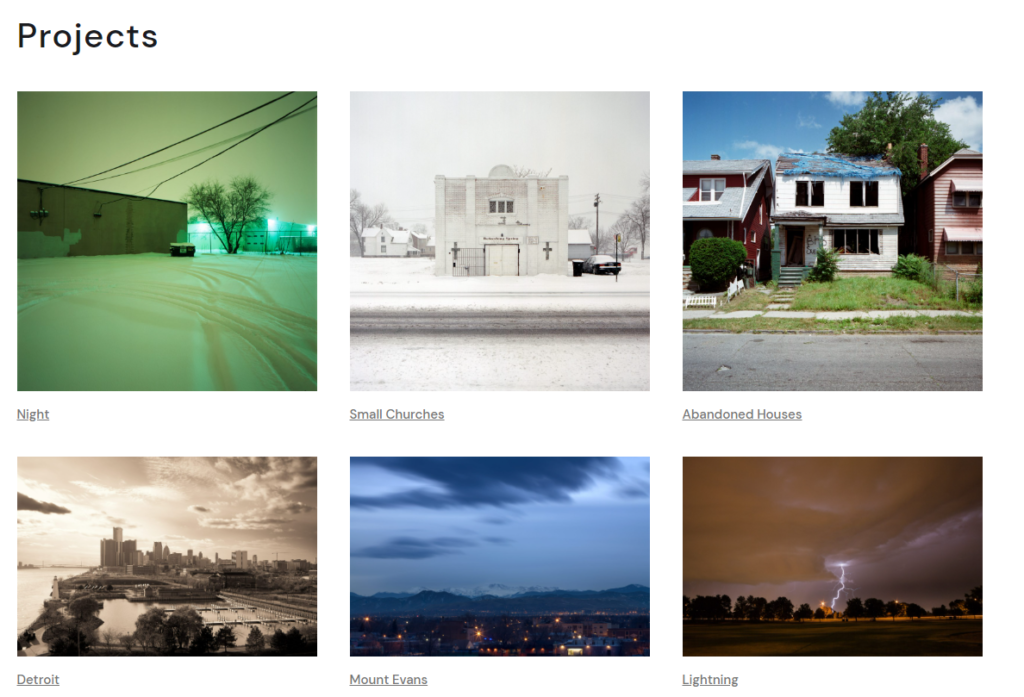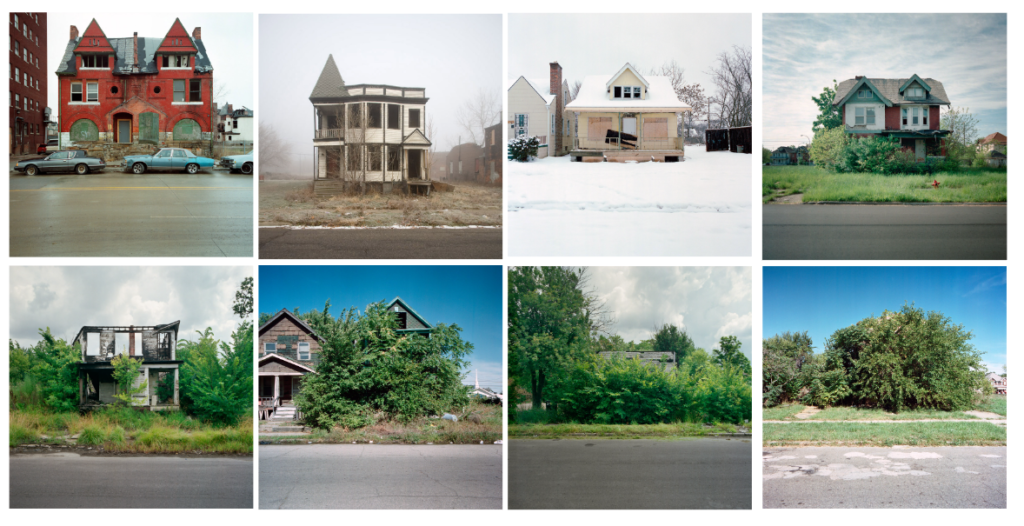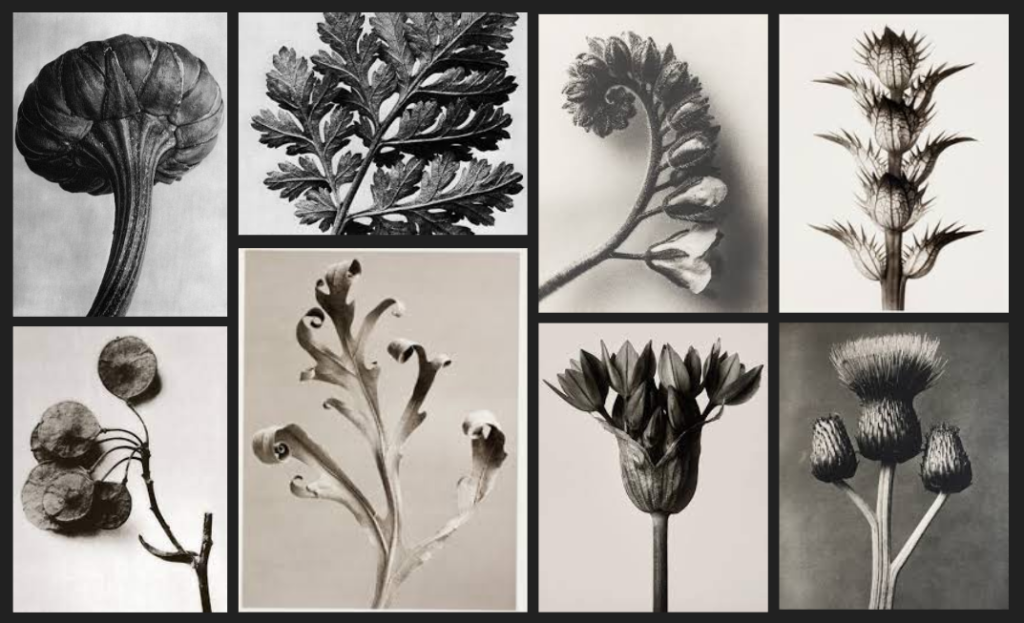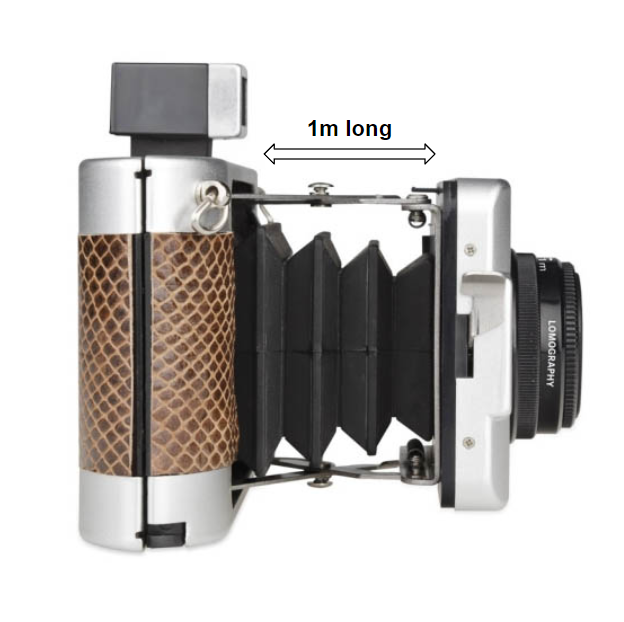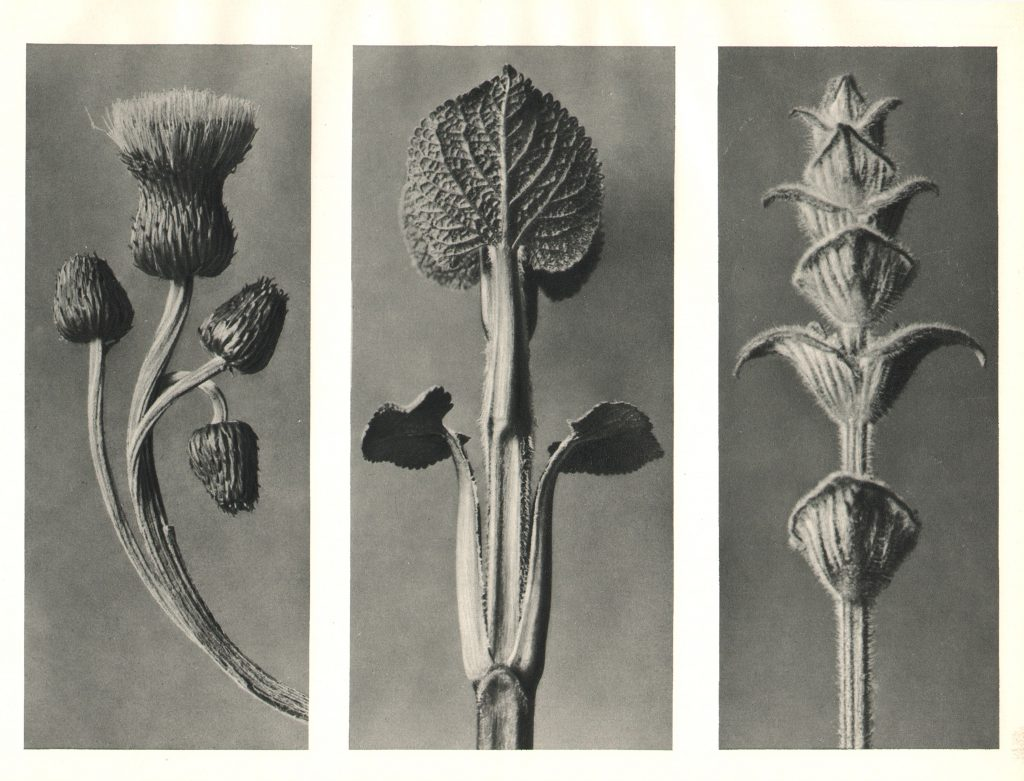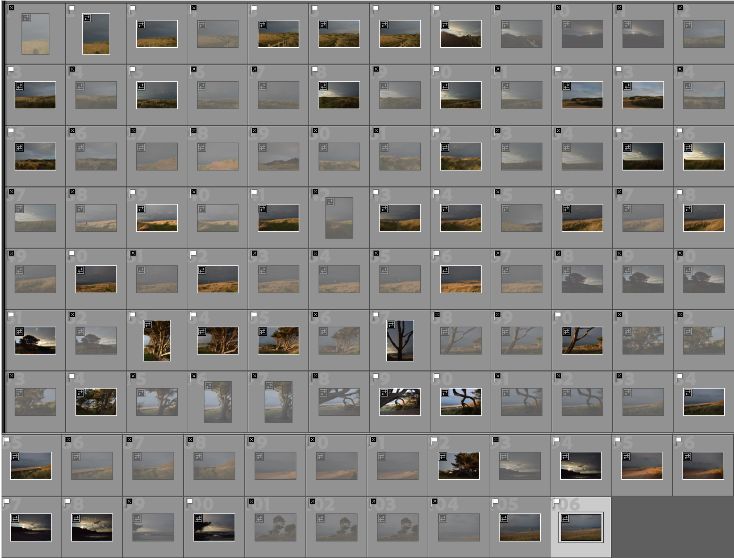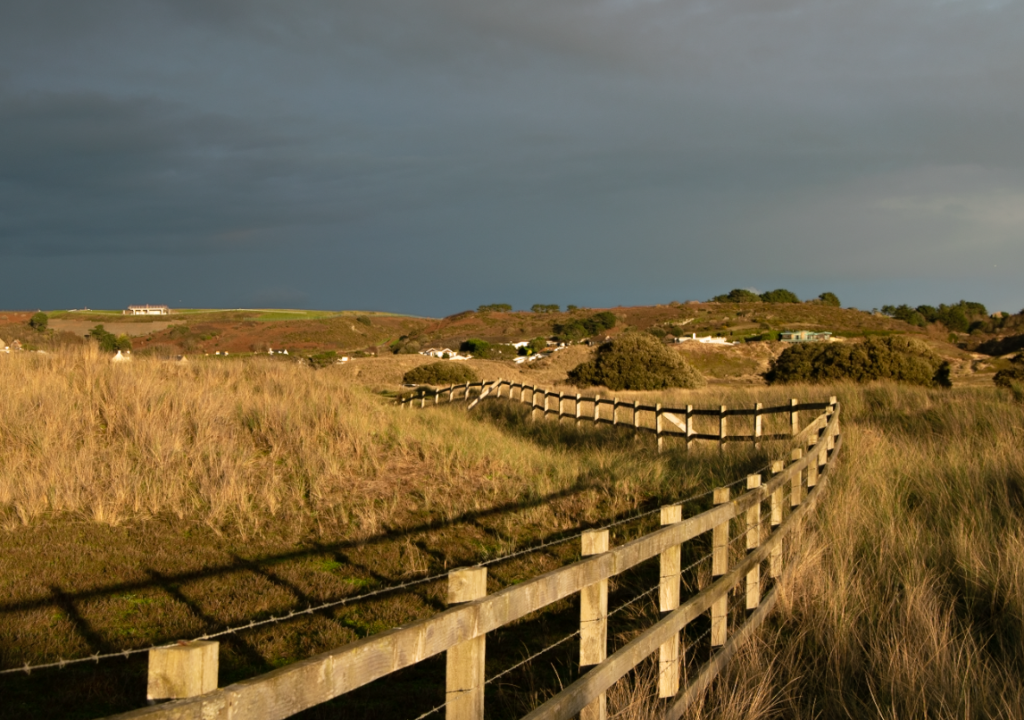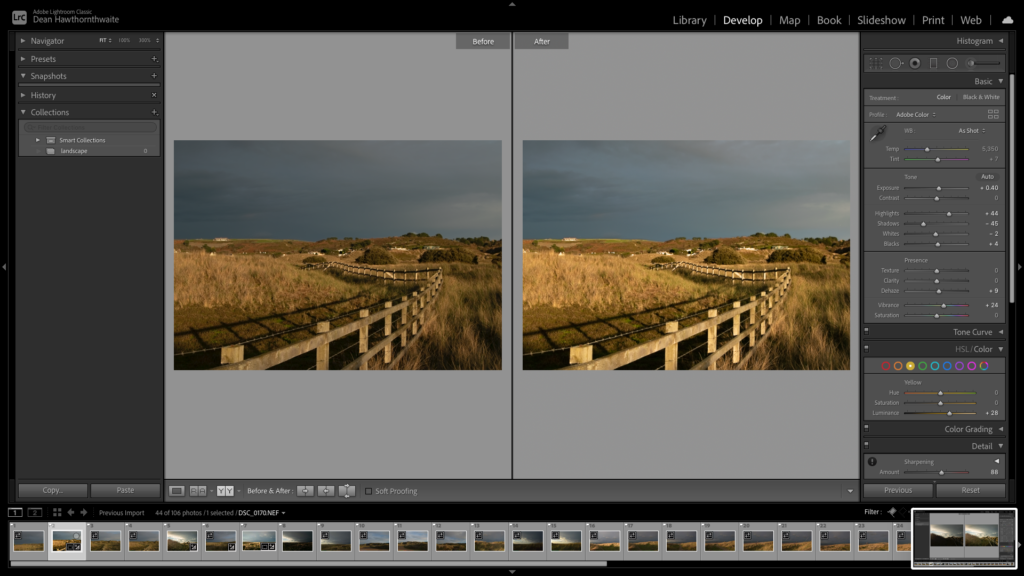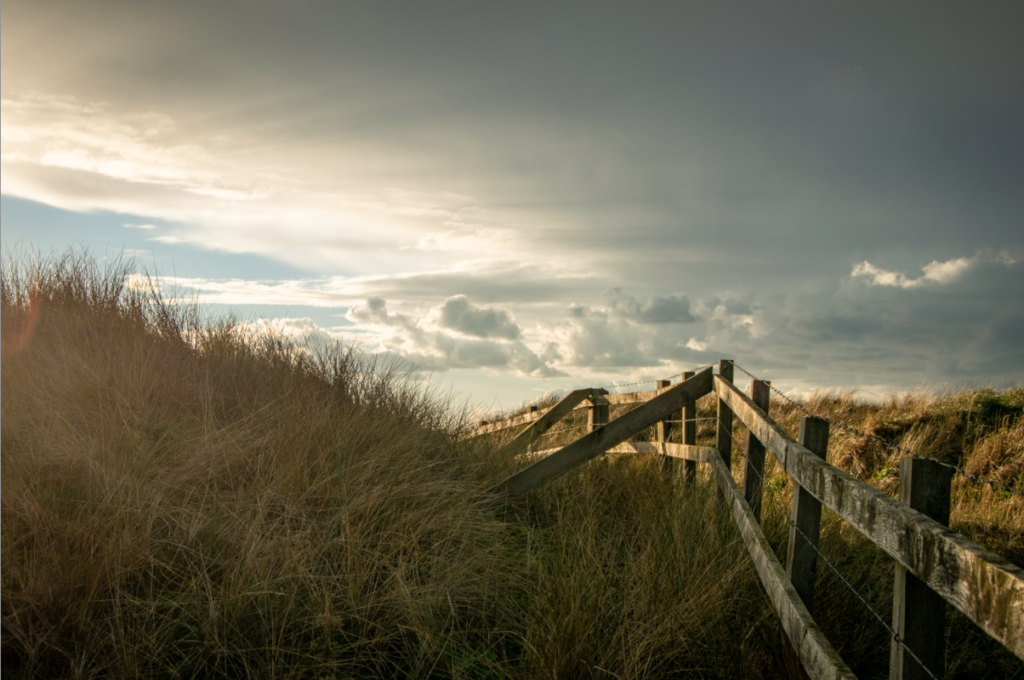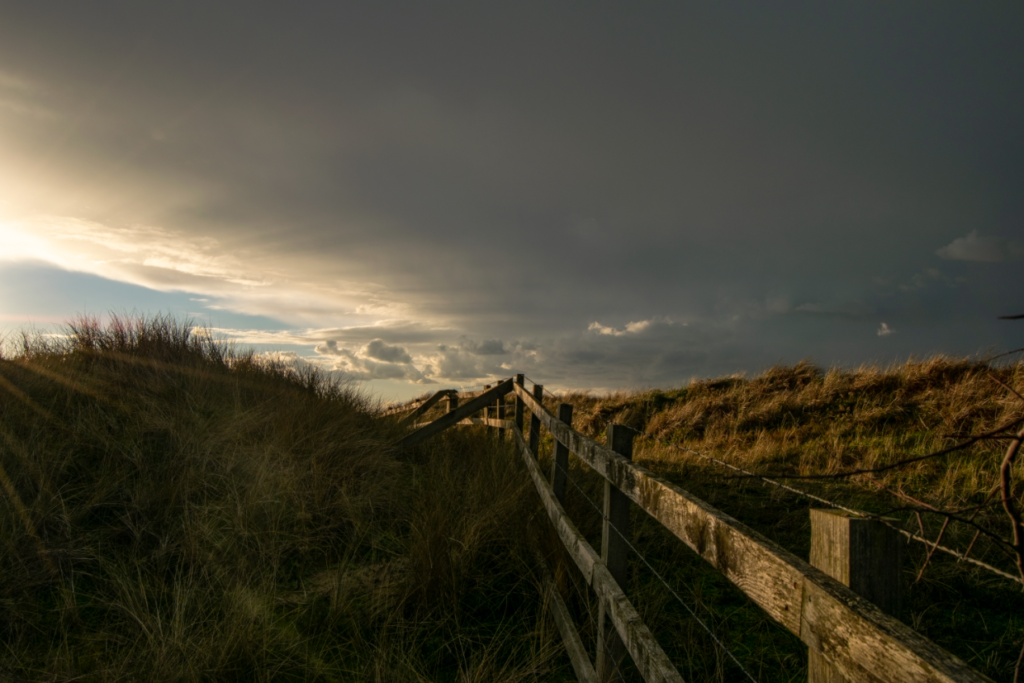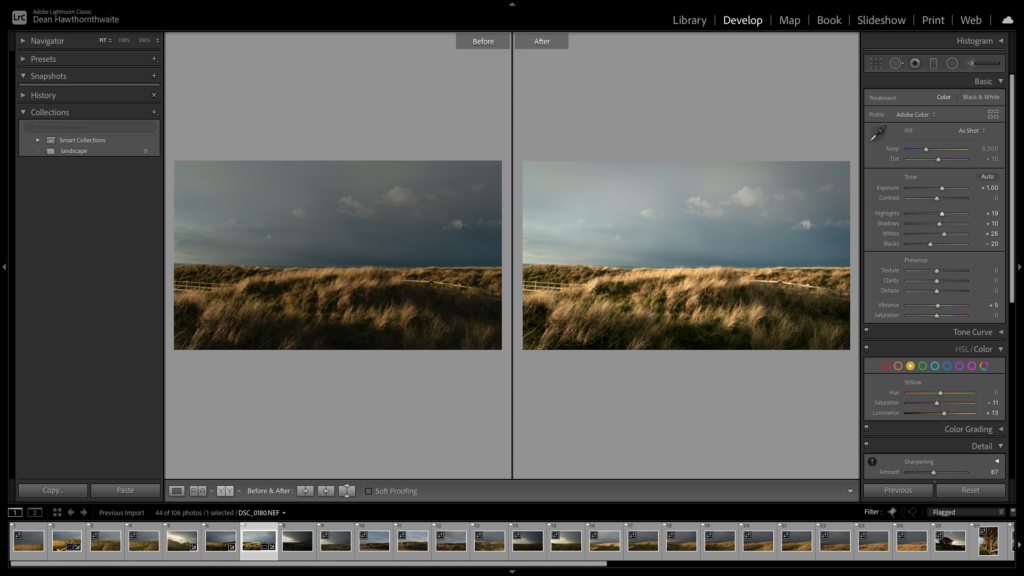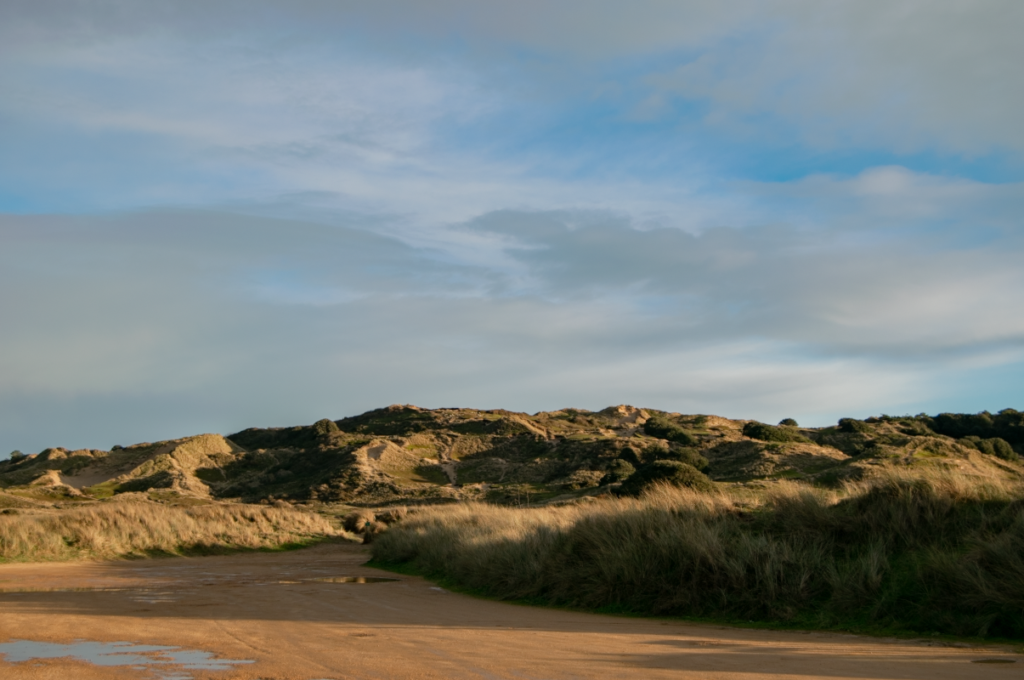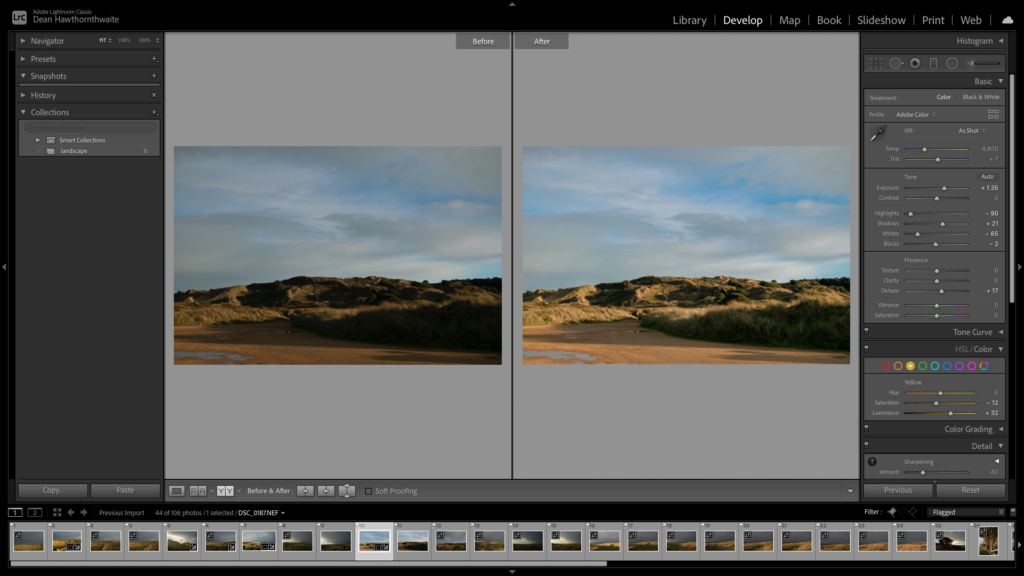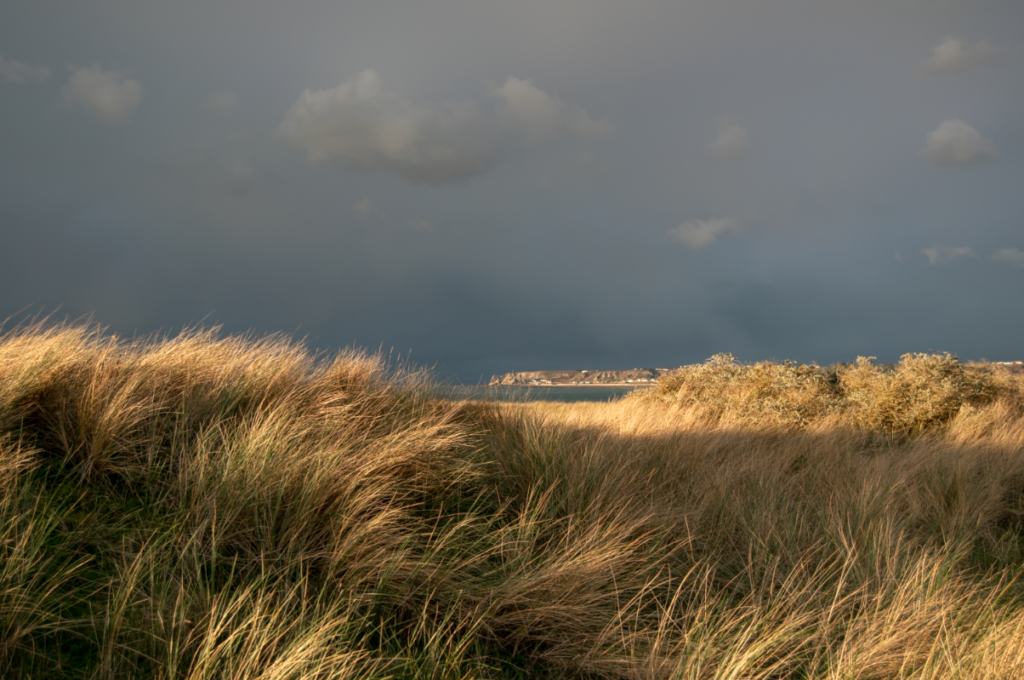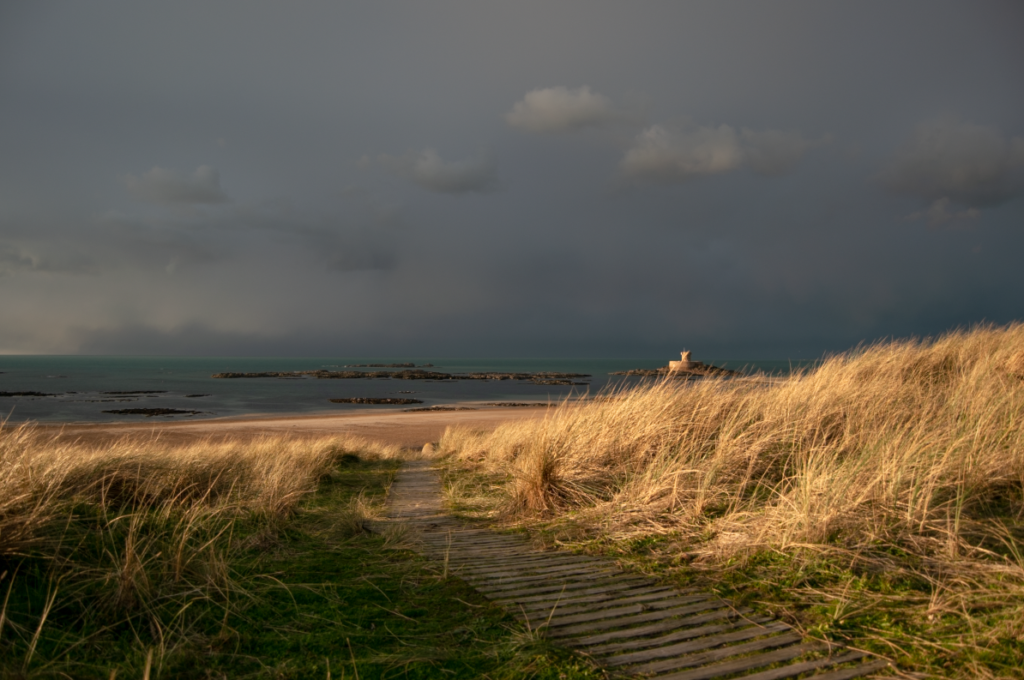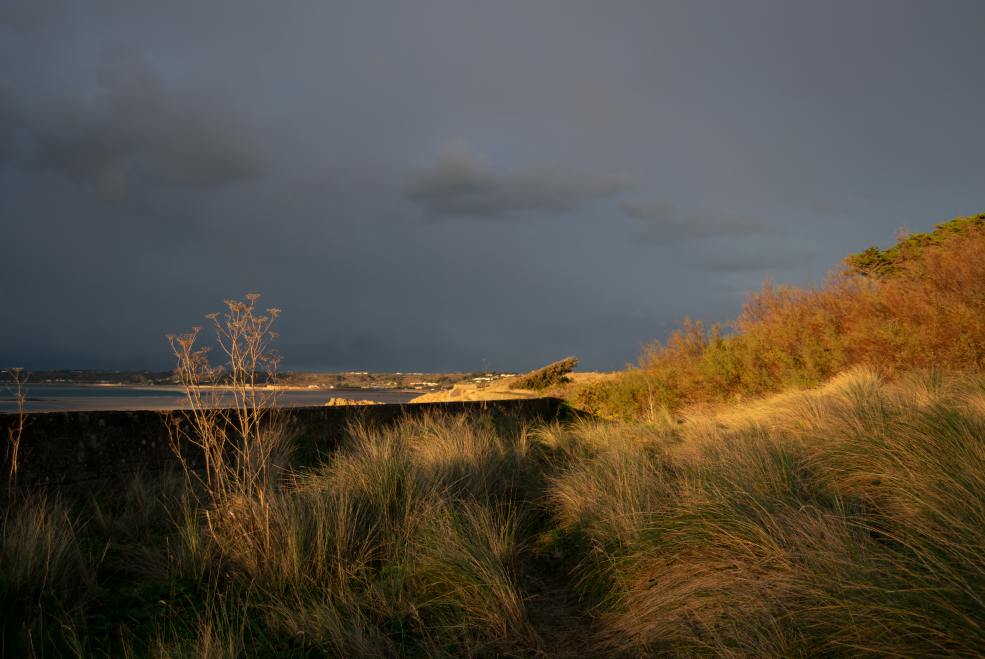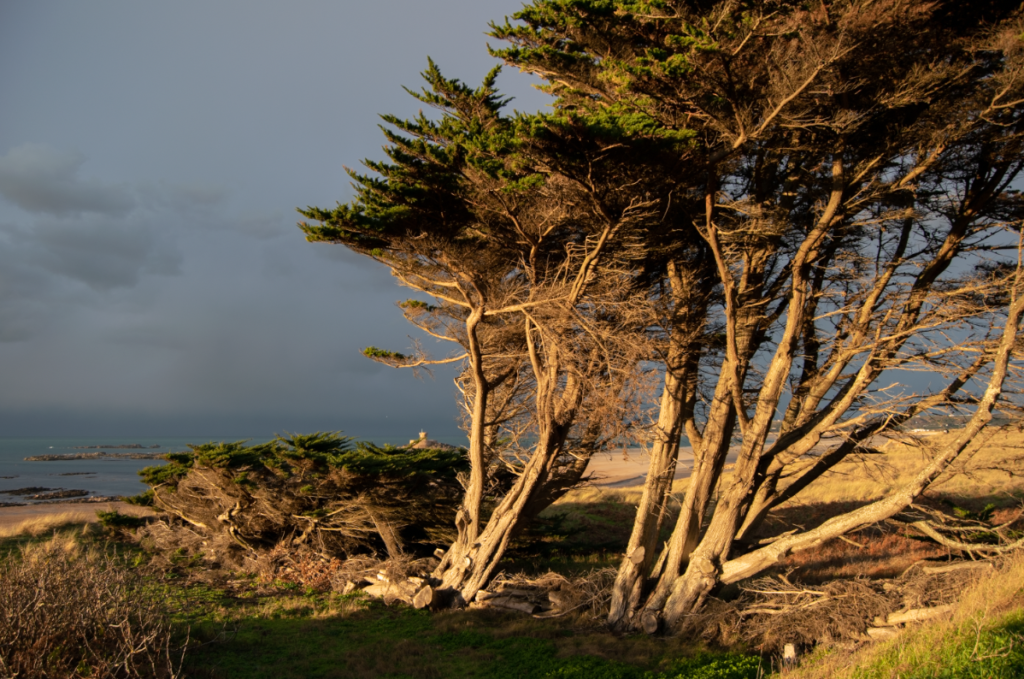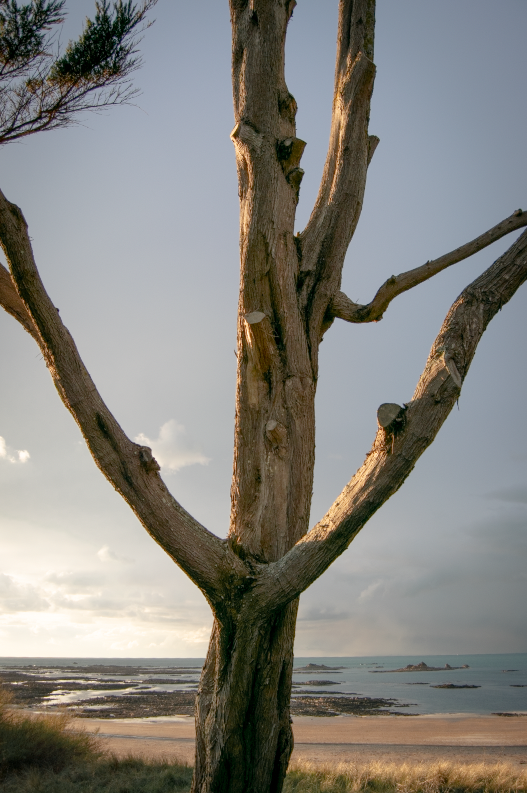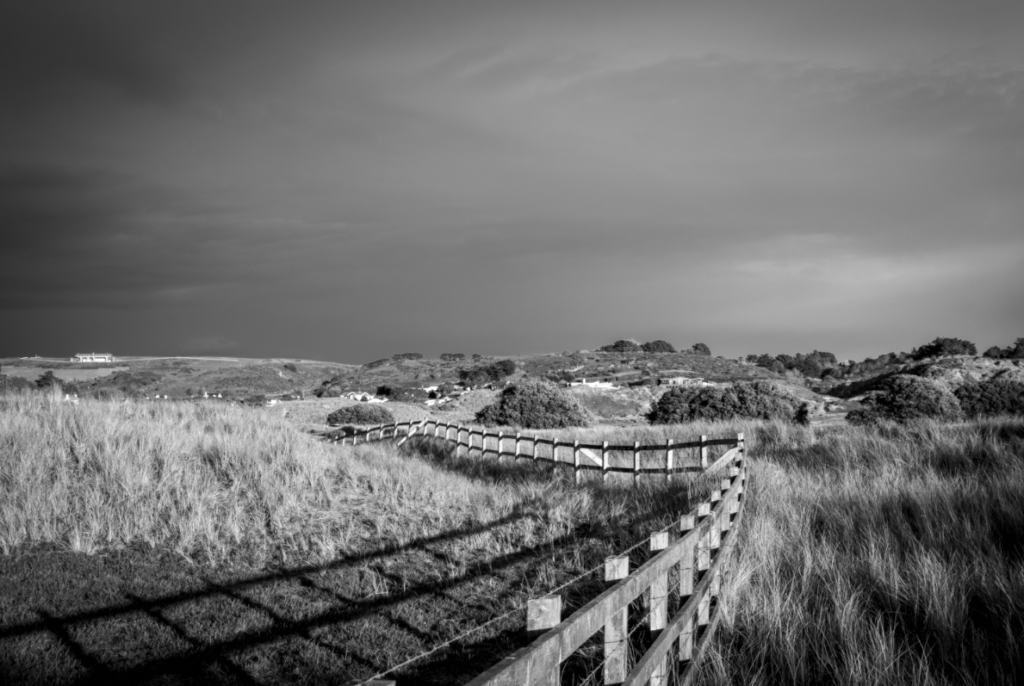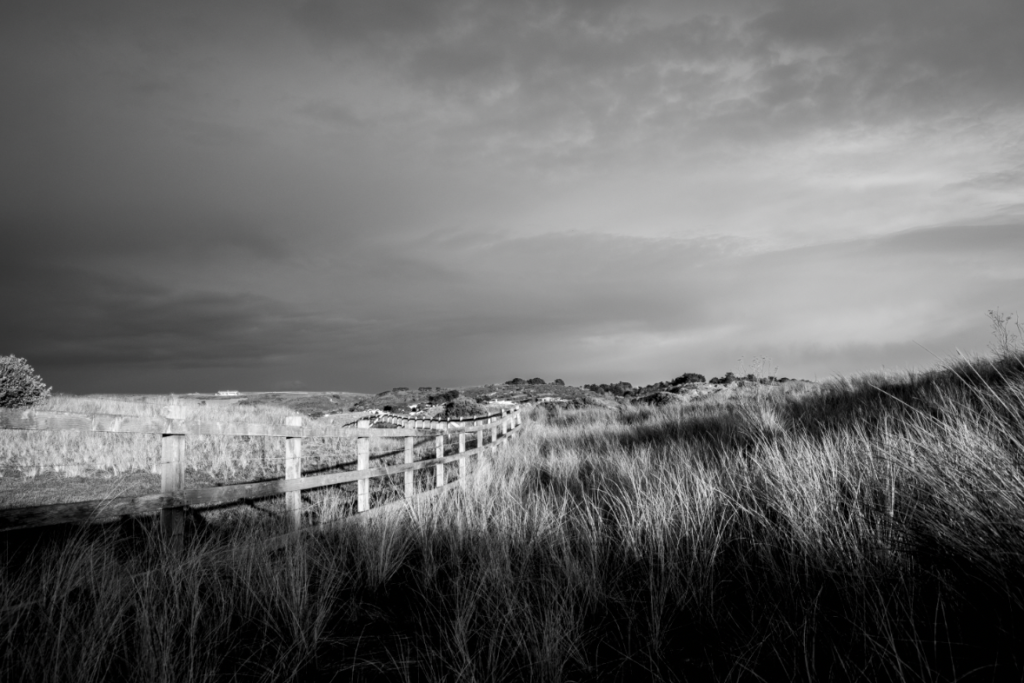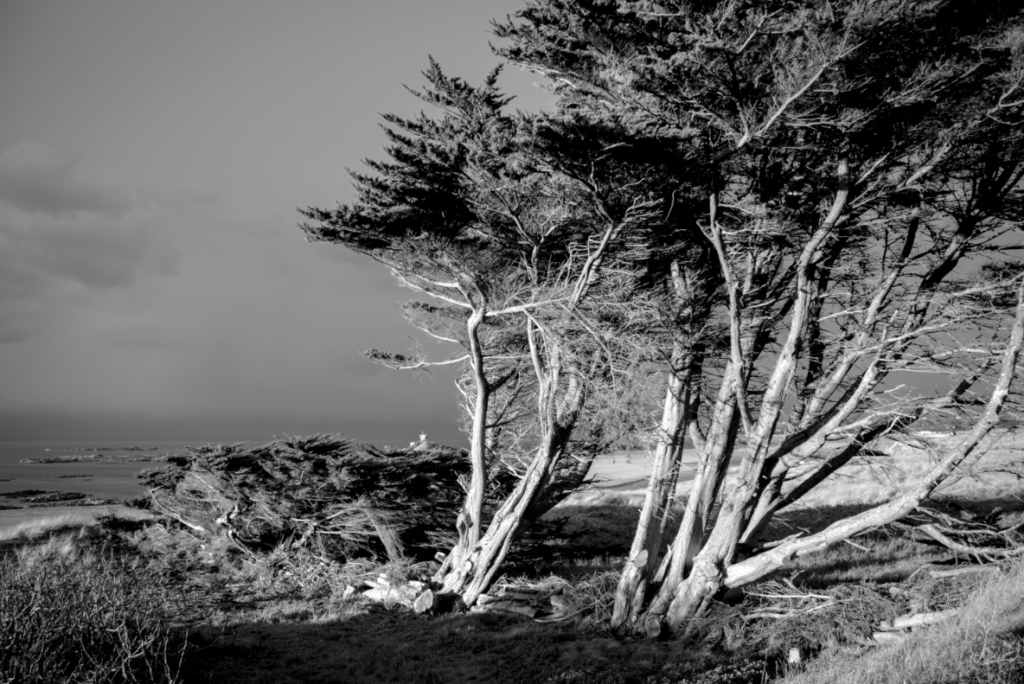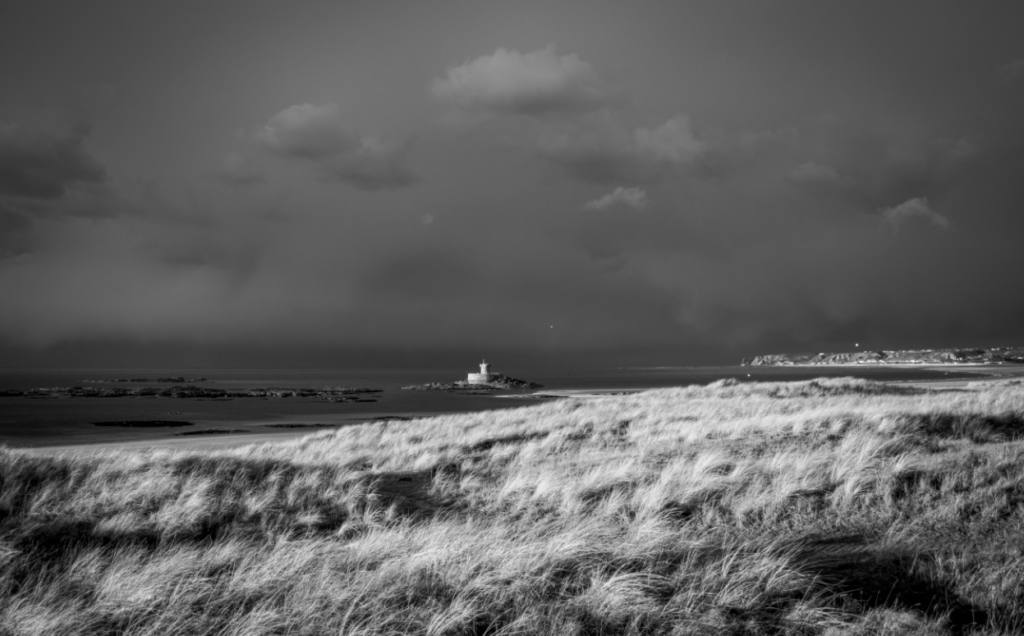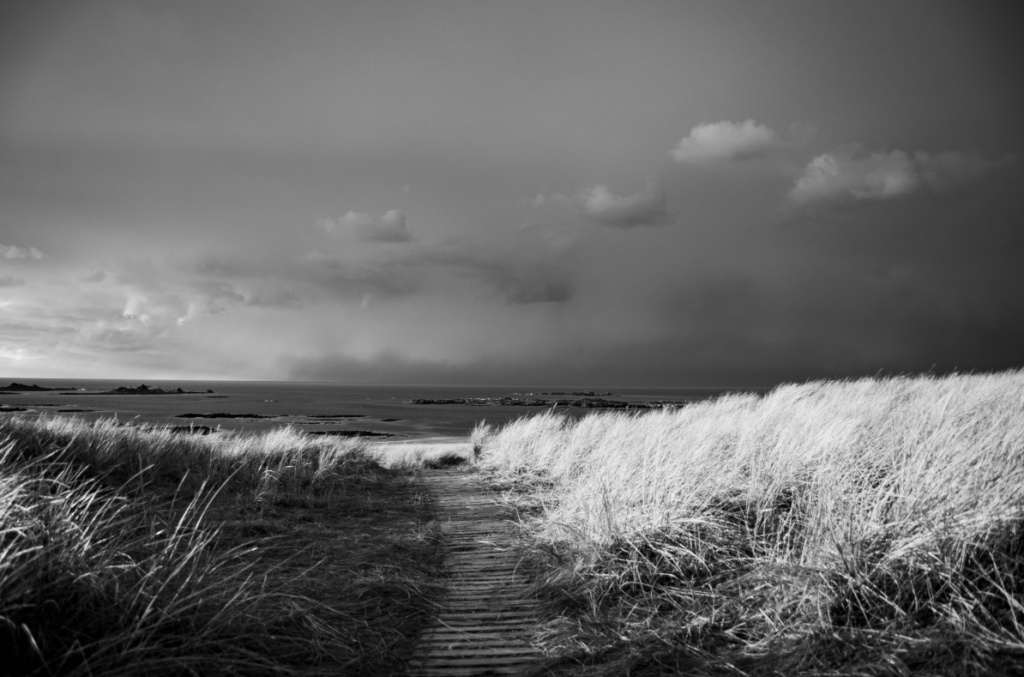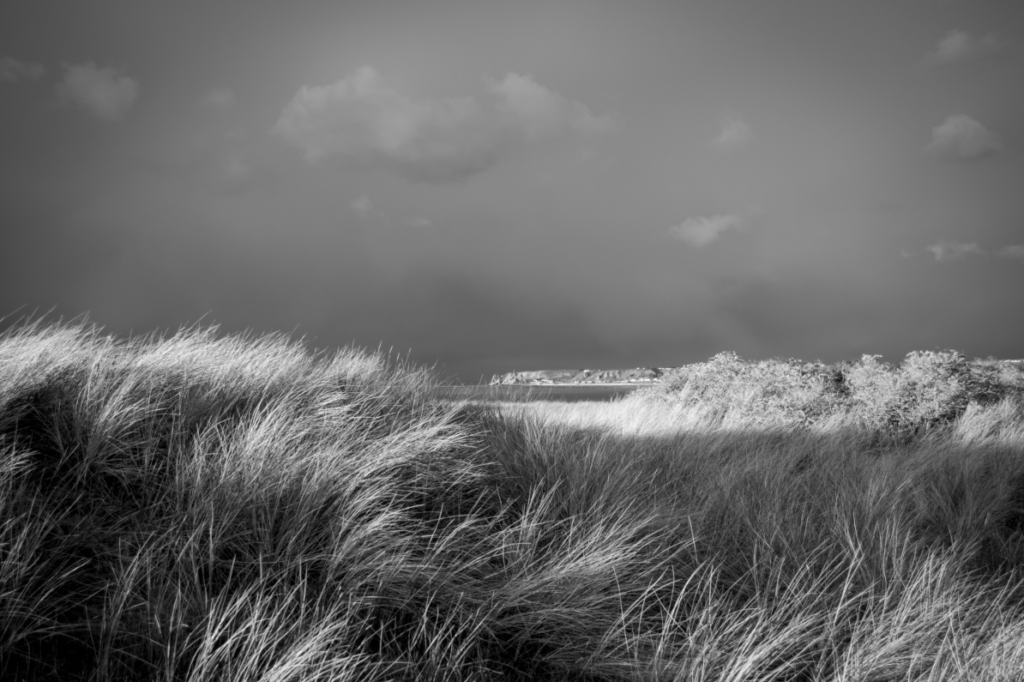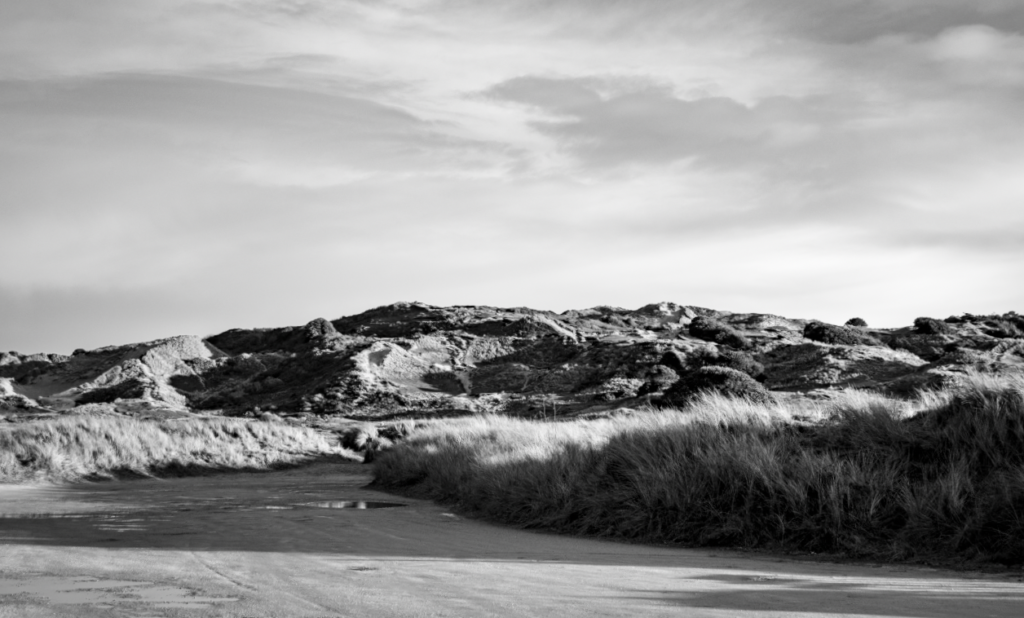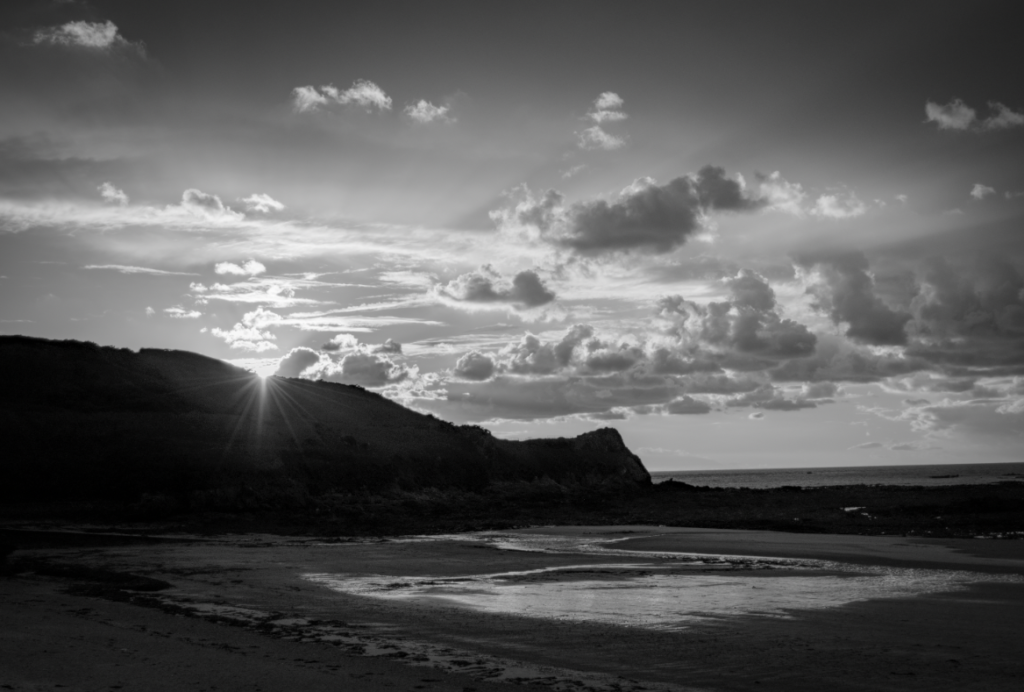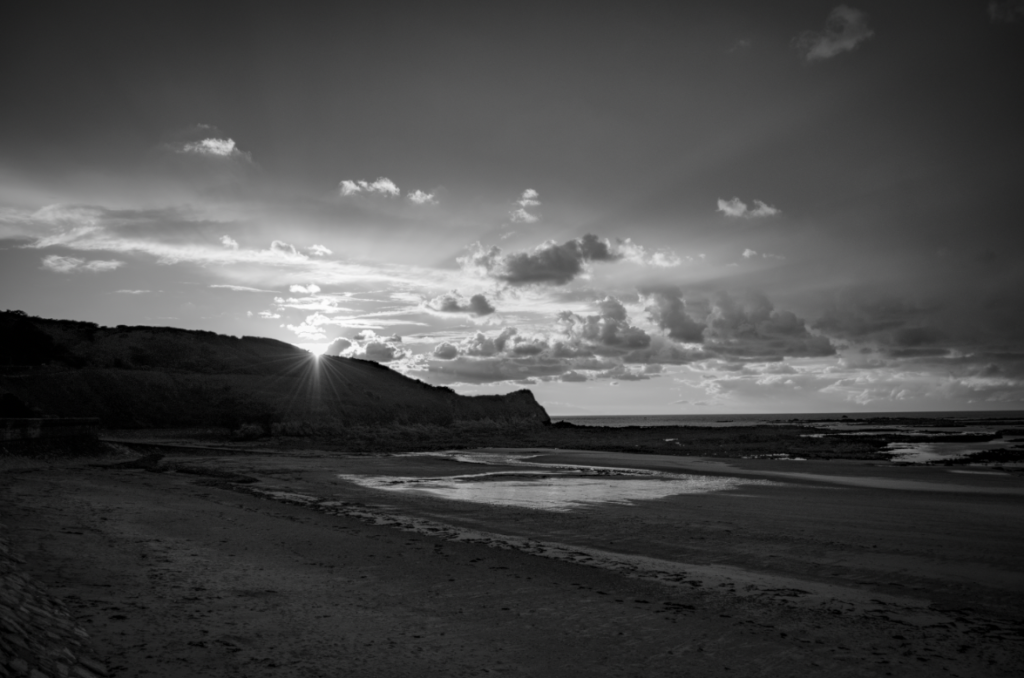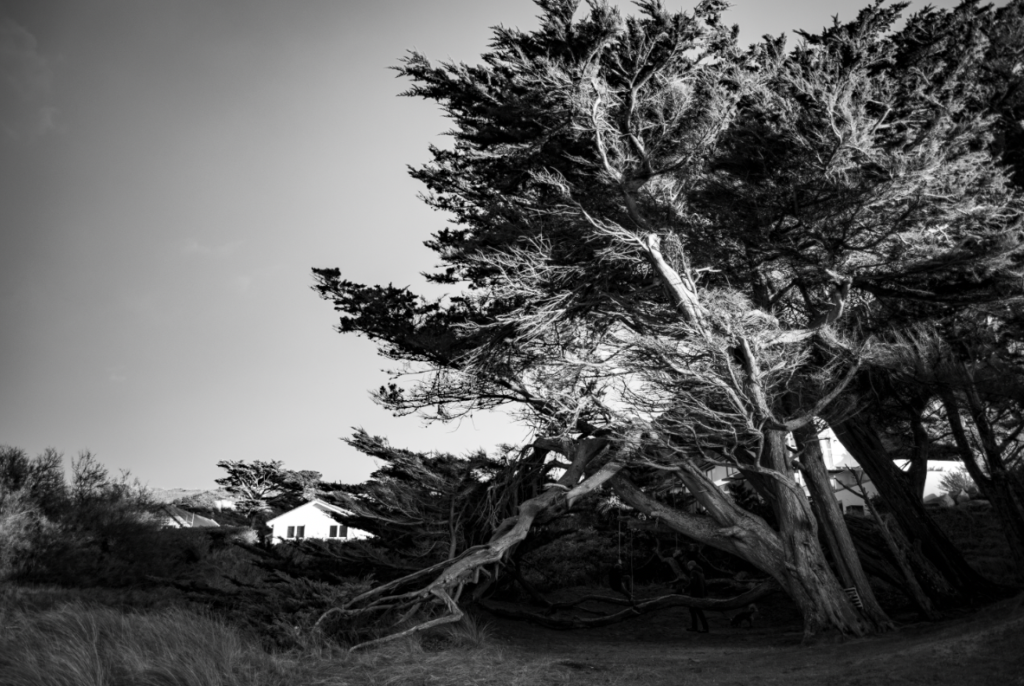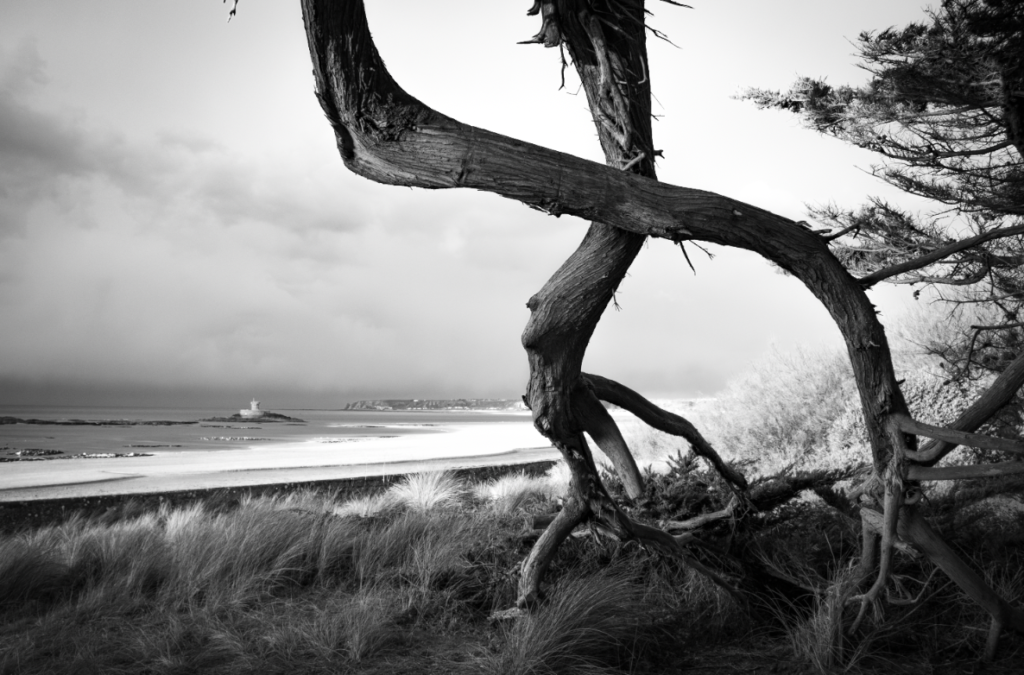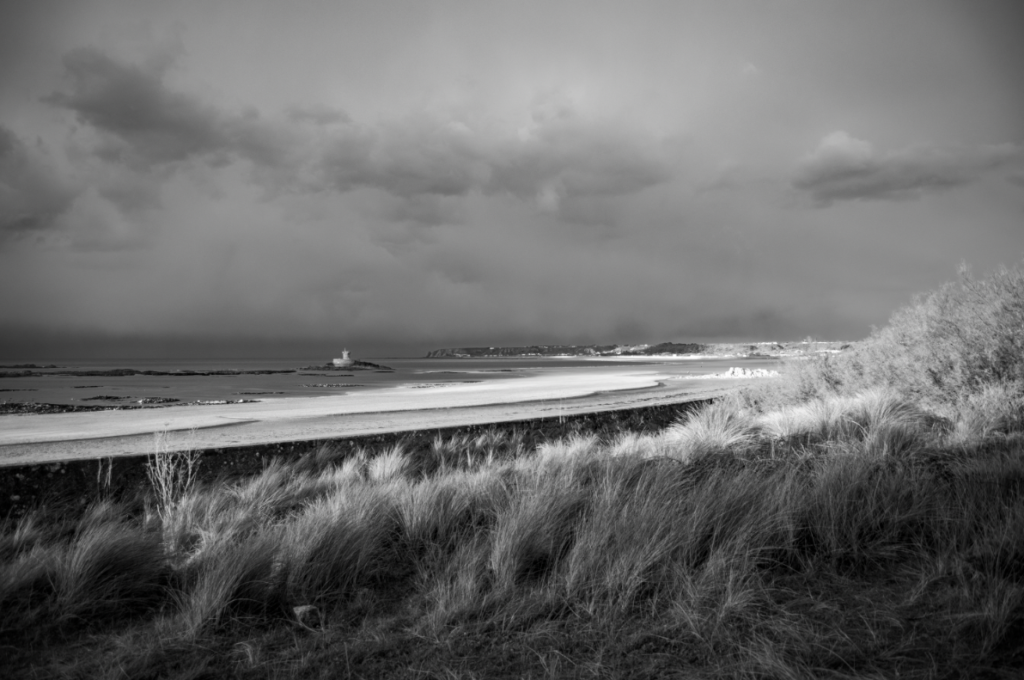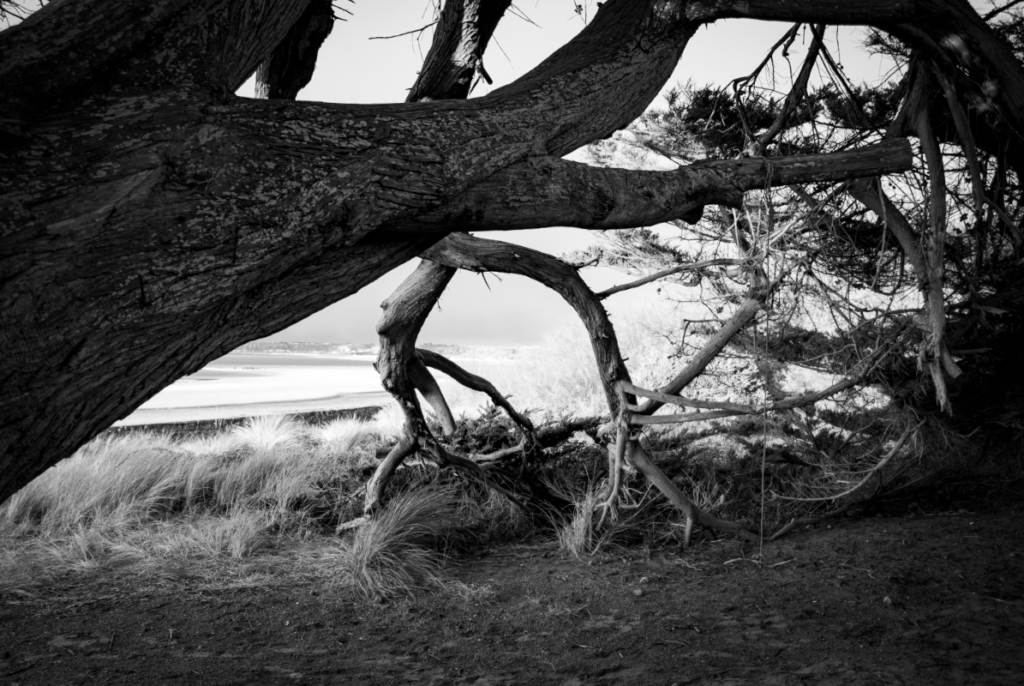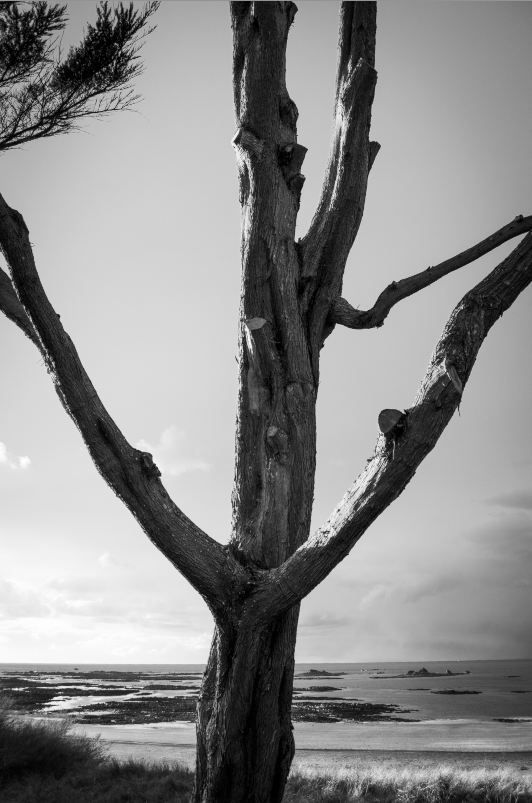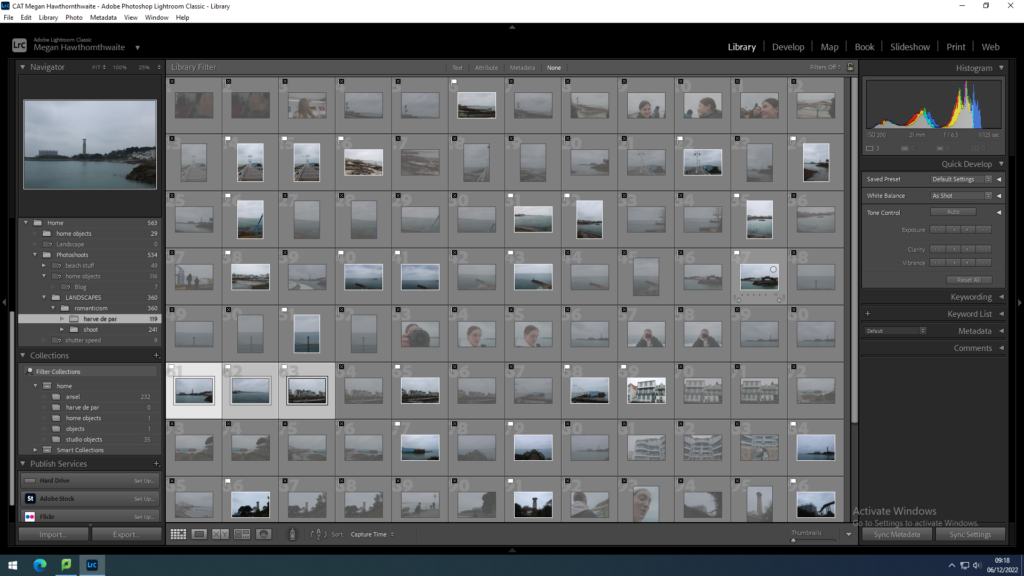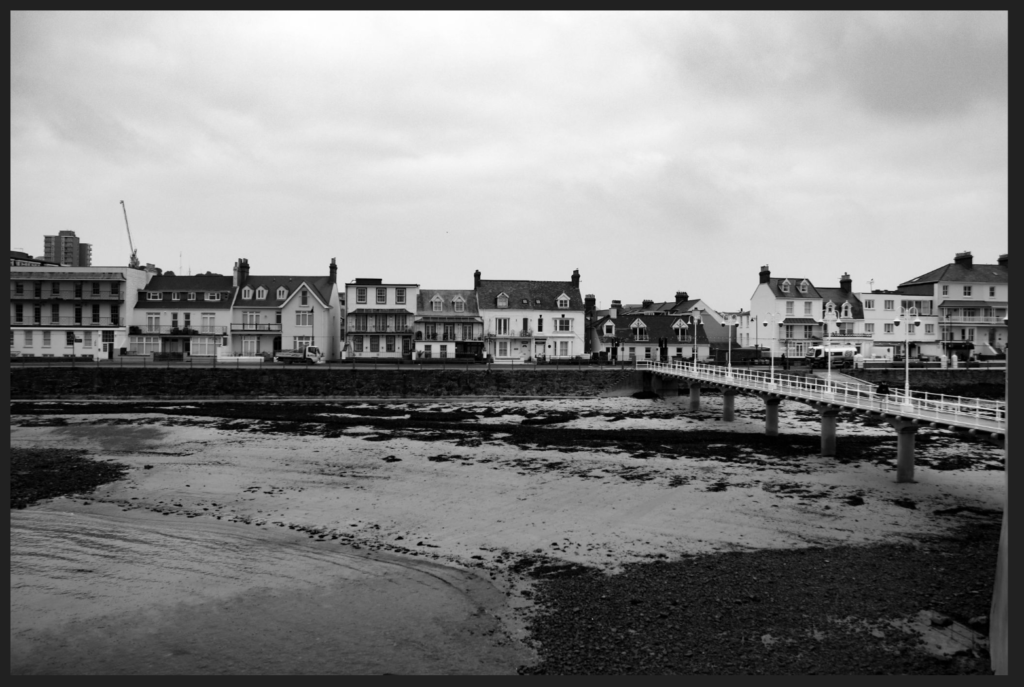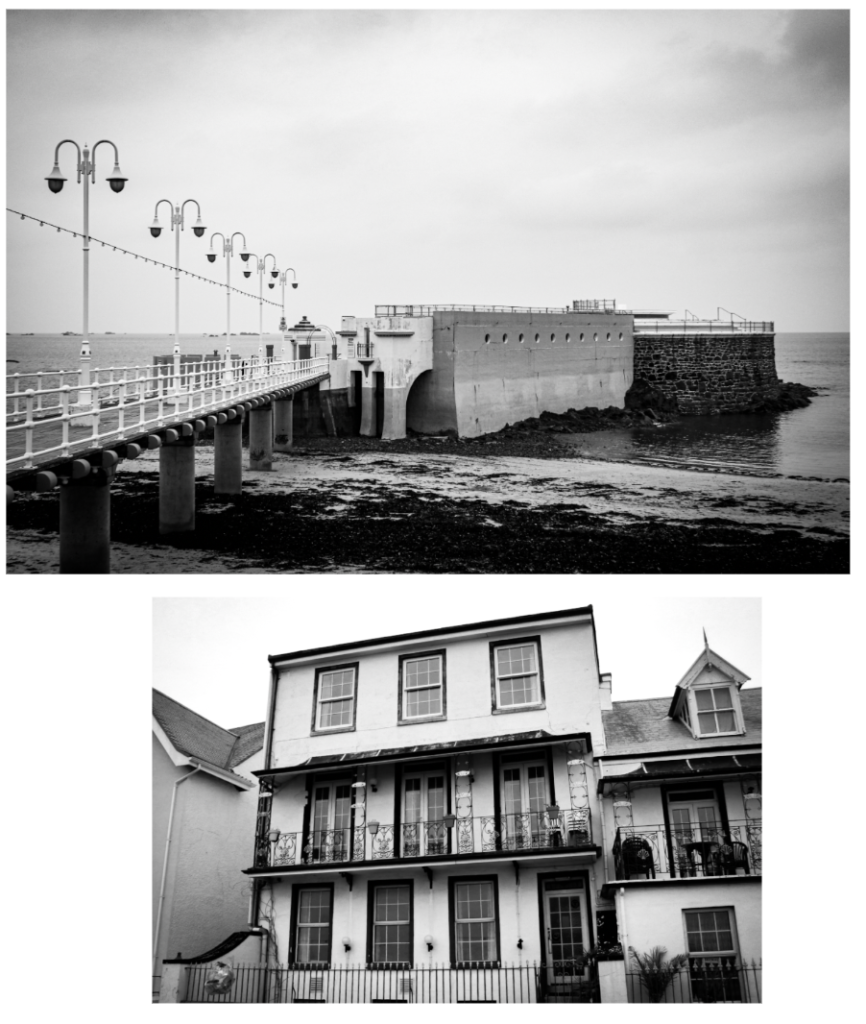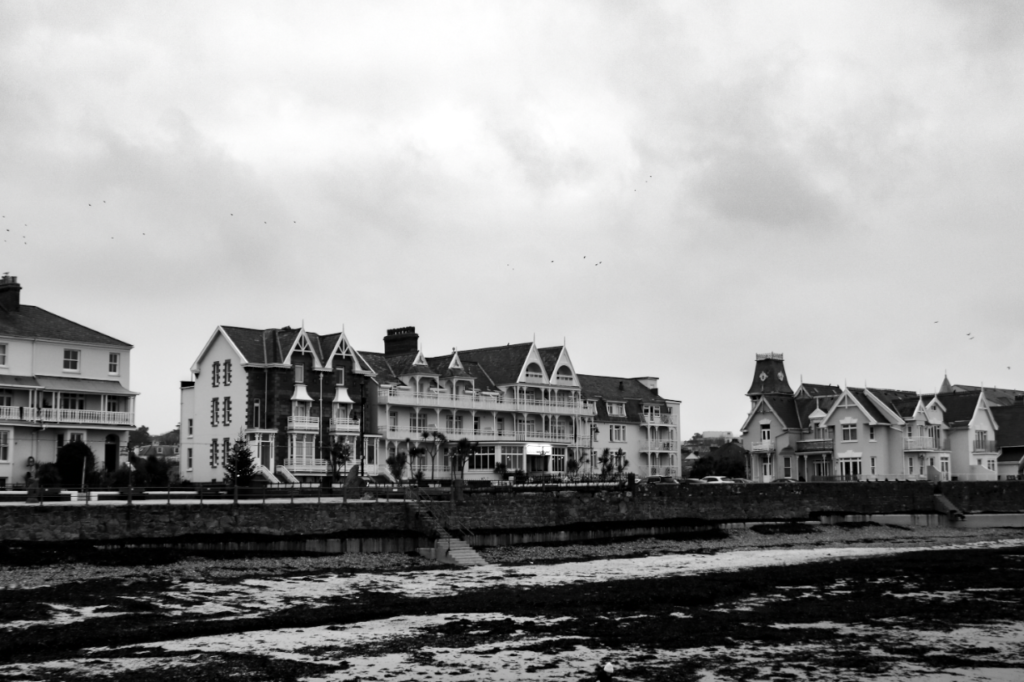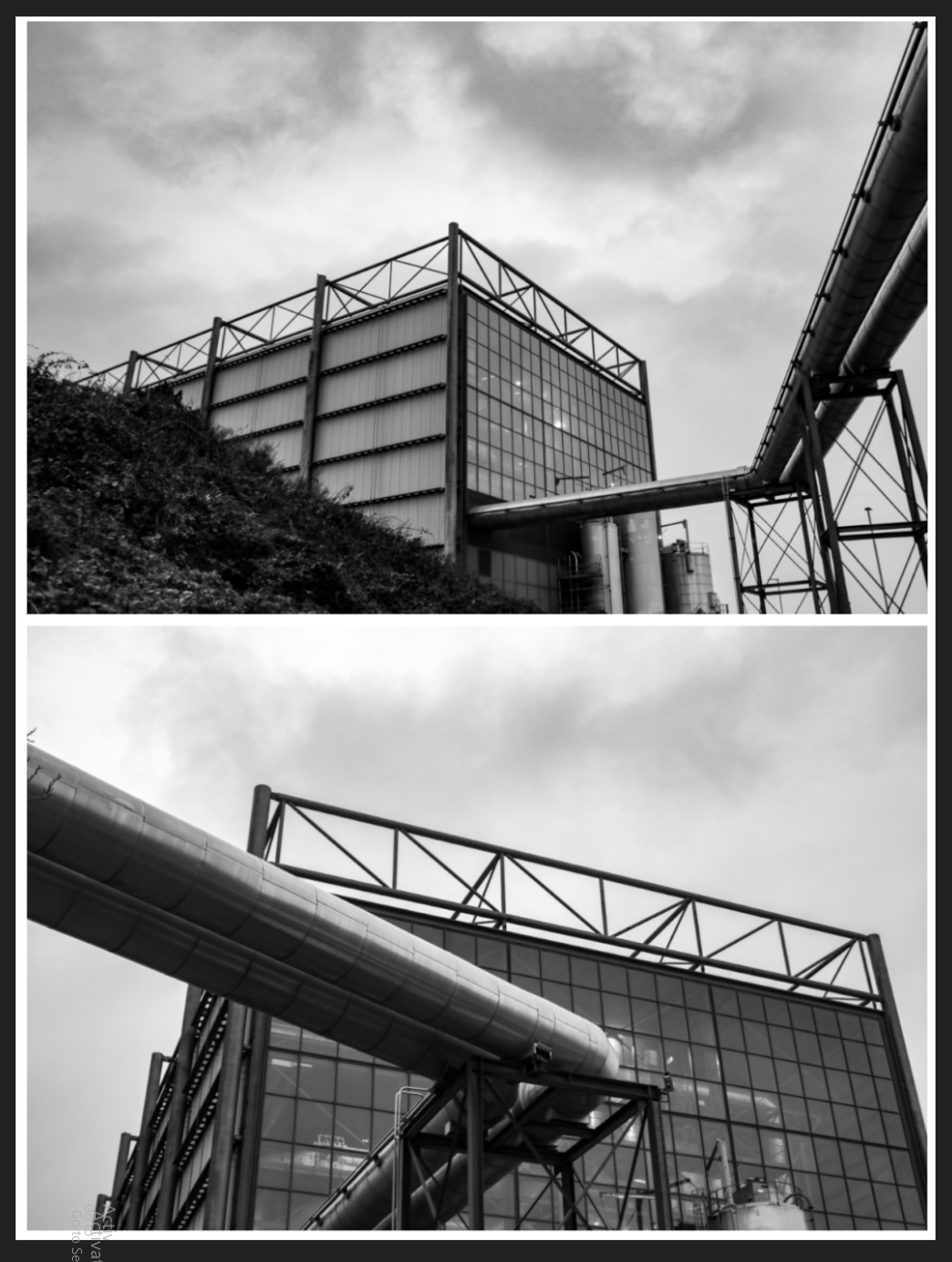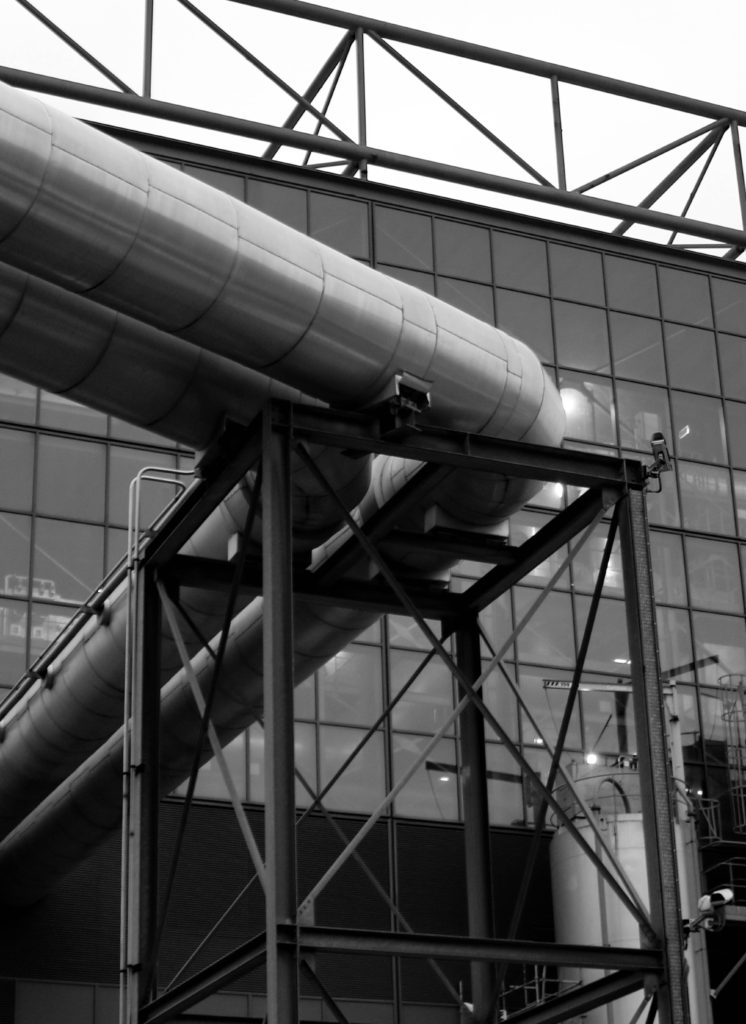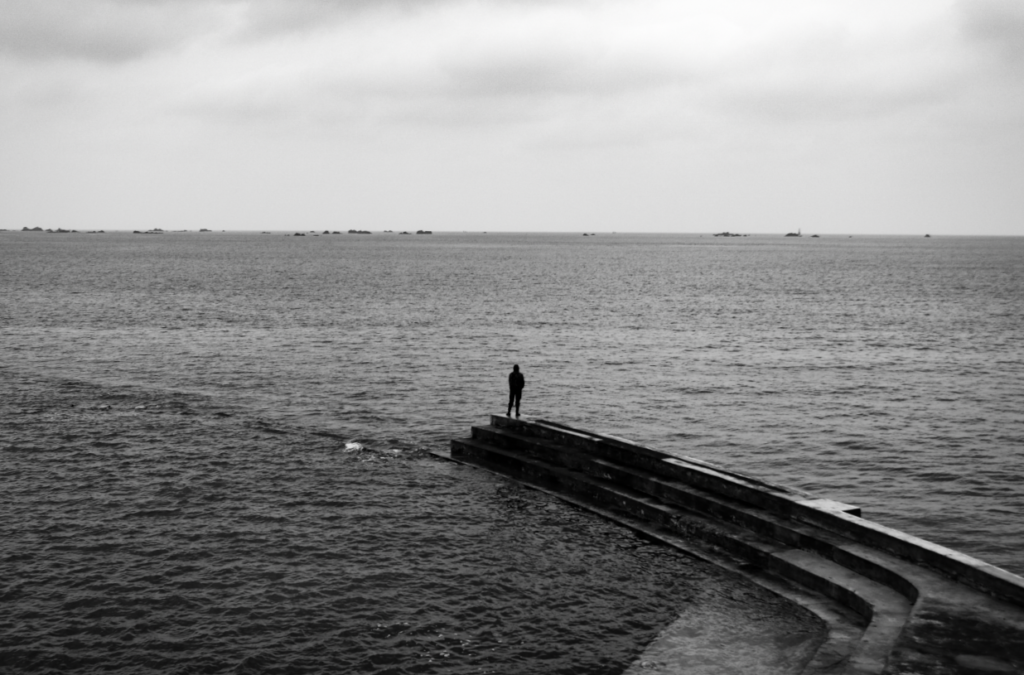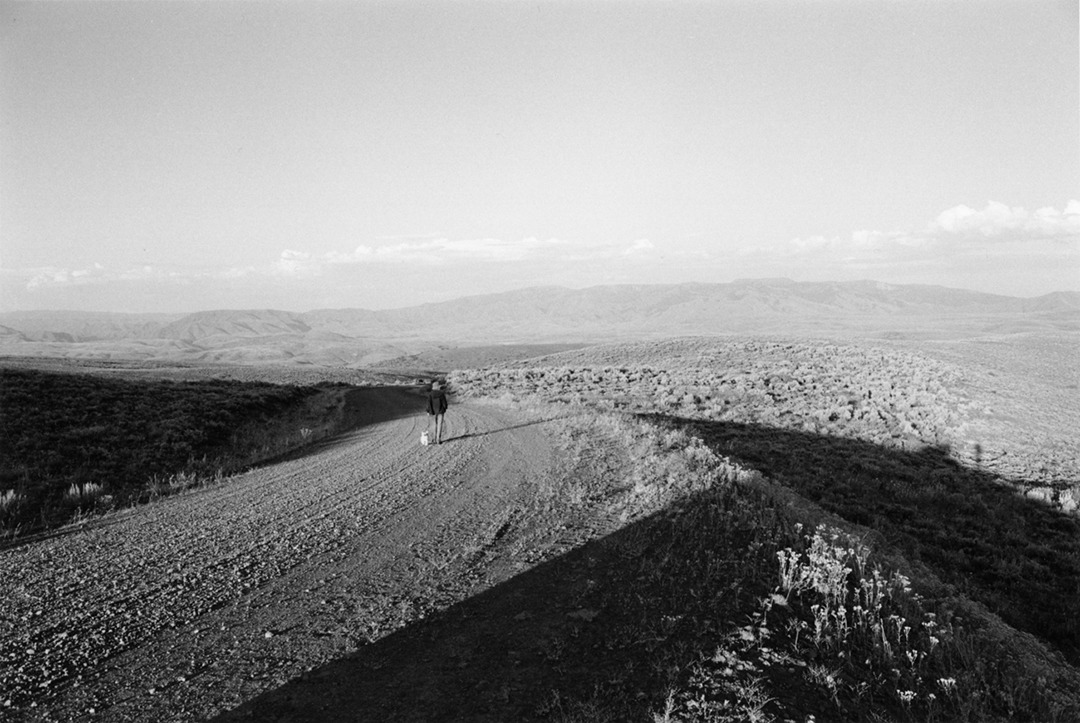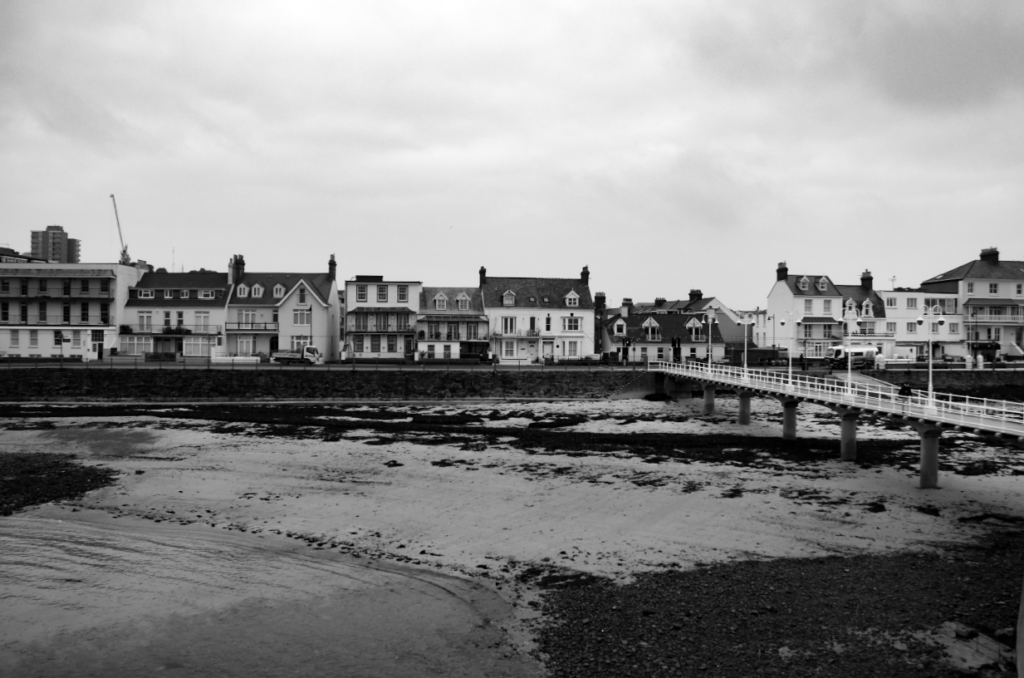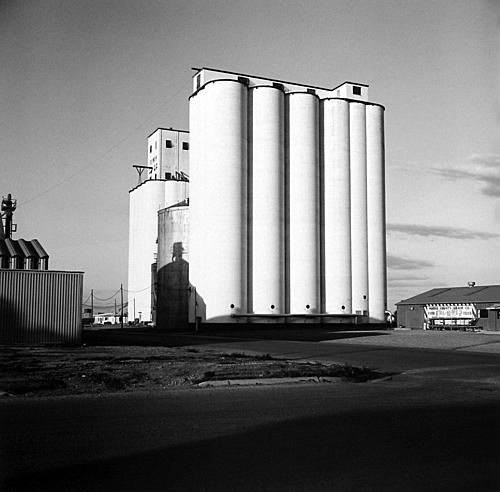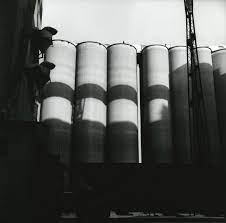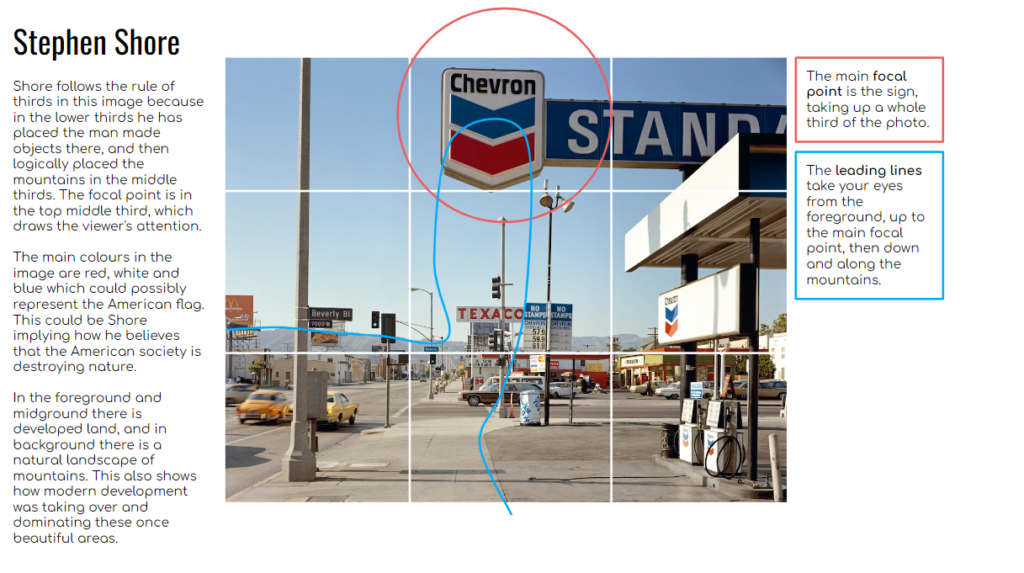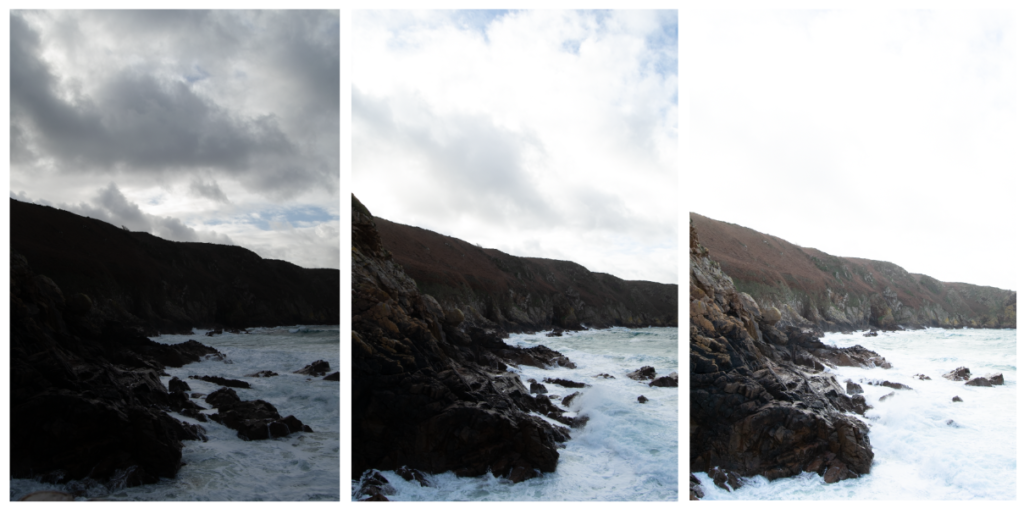What is it? a time when the environment is affected by human activities enough to create a distinct geological change.



Born in Oslo, Roslfsen graduated from Kingston University with a first degree Bachelor in Fine Art. In her project ‘Plastic Bag Landscapes’ Vilde photographs plastic bags she finds on the streets, by lighting the bag and using different coloured cardboard. She shoots them in a way that creates an imaginary landscape, with a hidden meaning that raises awareness about climate change. This project was to raise awareness of the throw away culture, and Roslfsen hopes to remind viewers to look more closely at their own consumption patterns. Growing up in Norway, her natural thought was to re-create mountainous shapes in this project, reflecting what could be lost/ ruined by the increasing impact of climate change and waste pollution.
“I wanted to do a project to draw attention towards this issue (…) So I landed on creating a body of work where the images are aesthetically pleasing to look at, and the viewer can make up their own minds when they see what the image is.”
I like Rolfsen’s work as it isn’t the typical photography used to raise awareness about climate change. She captures beauty in what is usually seen as an ugly piece of waste. This set of photos also gives the viewer control over what they see, and what impact they feel from it. If I decide to shoot an abstract photoshoot I will try and include this in my work.
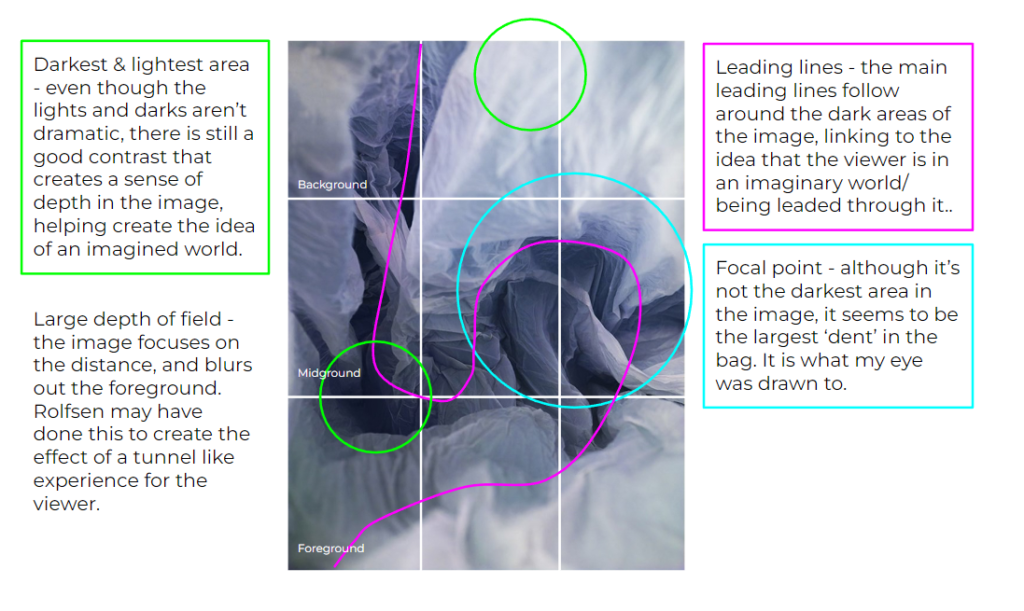


Mandy is a British photographer, who is known ford her international award winning photography. Her work involves marine plastic debris, and she works with scientists trying to raise awareness about the plastic pollution in the world’s oceans. She wants to highlight the harmful effect on marine life and climate change. Published in over 50 different countries, Barkers work has been included in the National Geographic, TIME Magazine, The Guardian and many more. Her work has also been exhibited world-wide, and her book ‘Beyond Drifting: Imperfectly Known Animals’ was selected as one of the Ten best photography books of 2017. She has gone on many expeditions, such as joining scientists on a sail from Japan to Hawaii to examine the accumulation of marine plastic debris from the Tsunami. Barker has spoken internationally about her work, attempting to engage people with plastic issues. She says that engaging the younger generation is key to her practise to inspire change, and Barker has taught multiple workshops worldwide with local communities and schools. She states “The aim of my work is to engage with and stimulate an emotional response in the viewer “.
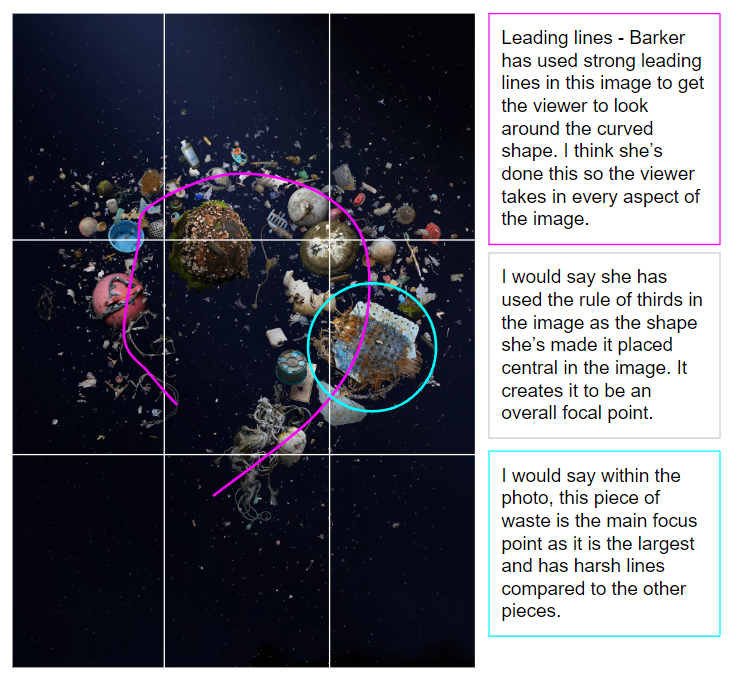
I like the way she photographs the waste and creates a shape/ flow with it. I might attempt to do this if I do a studio shoot.

Comparing Rolfsen and Barker
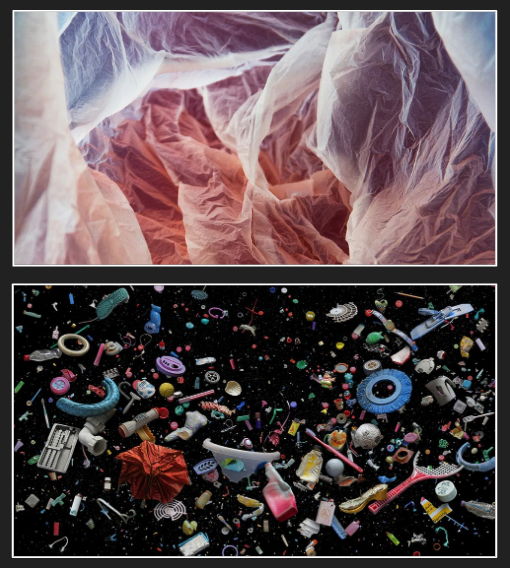
At first glance, it seems that the two photographers contrast in their work. Rolfsen uses bright colours with lots of light, and barker has darker more intense images. However the meaning behind them is the same. Both artists are collecting waste, and attempting to raise awareness about the global issue of waste. They both have quite different formal elements such as texture. Rolfsen has the same texture throughout the image, whereas Barker’s image has hard, soft ridged and more textures in. The lines and repetition also contrast because Rolfsen’s photo has repeated lines throughout creating an overall shape on the image, but Barker’s has repetition in a different form. Here subjects are all unique and there are no lines. The images were taken from different angles, the first is side on, the second is a birds eye. They are similar in the idea that they both have bright colours. Overall the images formal elements are contrary to each other, but the meaning they hold are the same.
Jaromir Funke

Jaromir was known for creating clearly focused studies of simple objects around the 1930s. He then turned to the production of carefully arranged still life photos, emphasizing abstract form and the play of light and shadow. Although his work was not to do with the environment, I like his style and feel I could possibly use that to photograph waste. I would use the studio to create the right lighting and have a simple backdrop.
